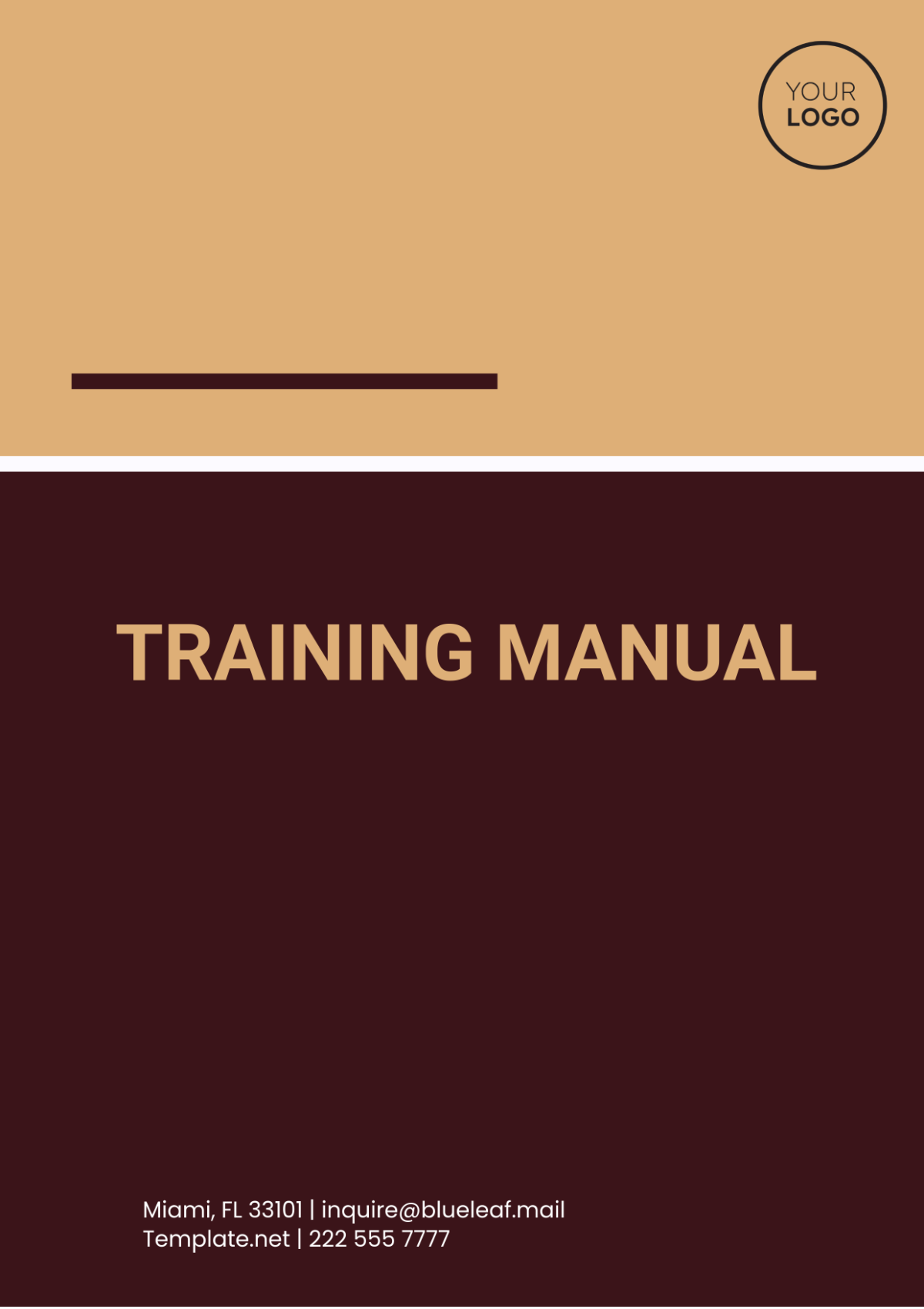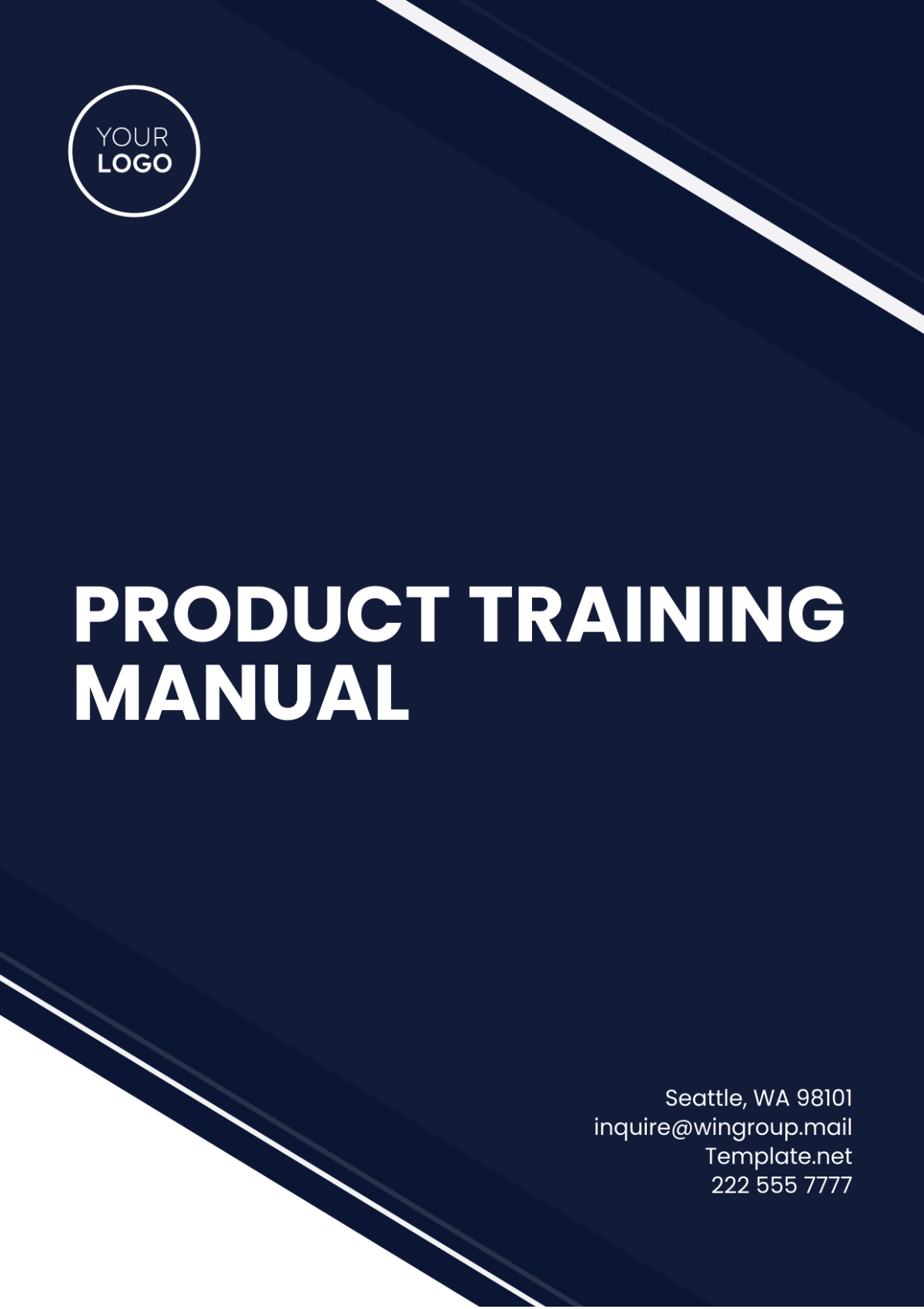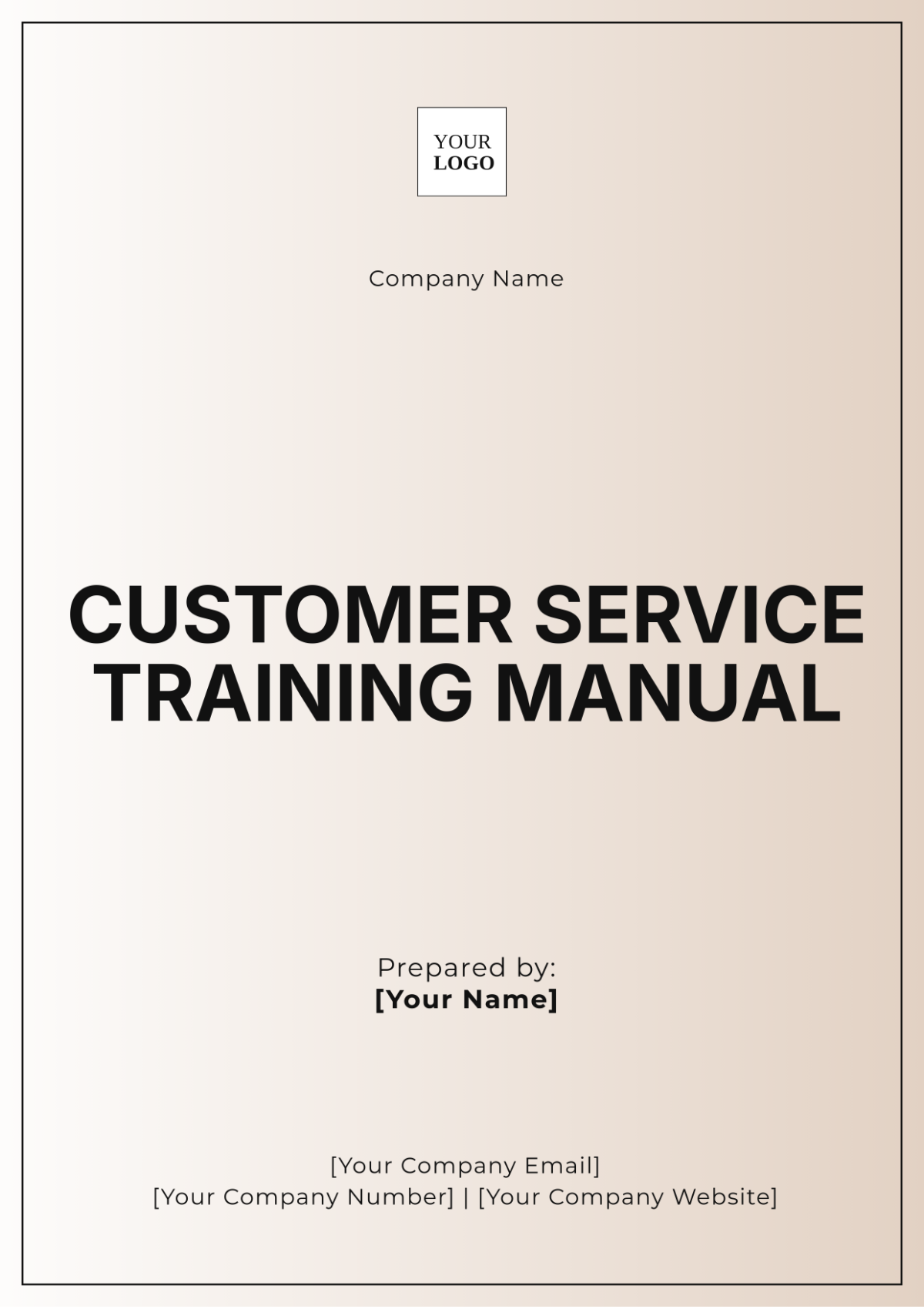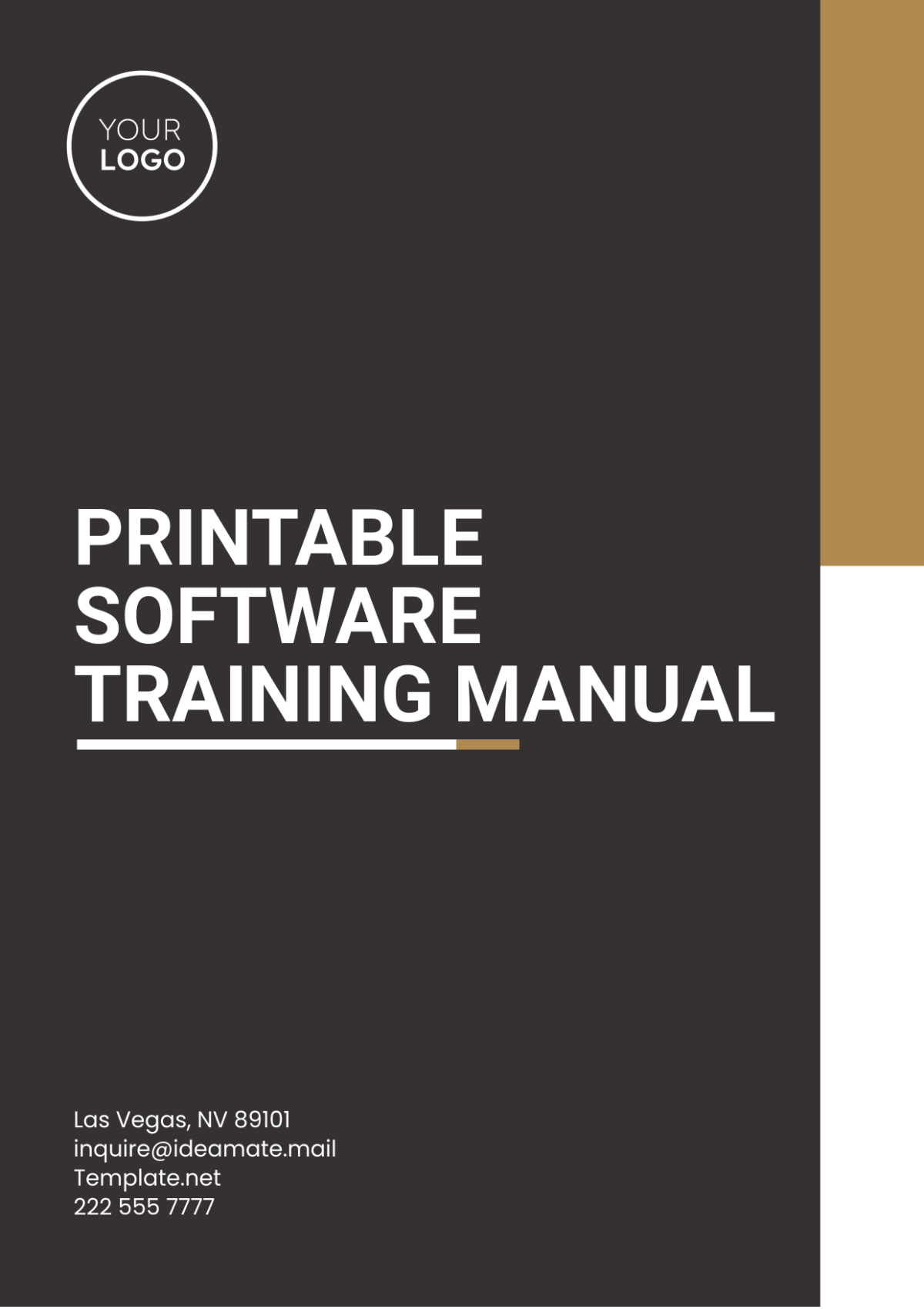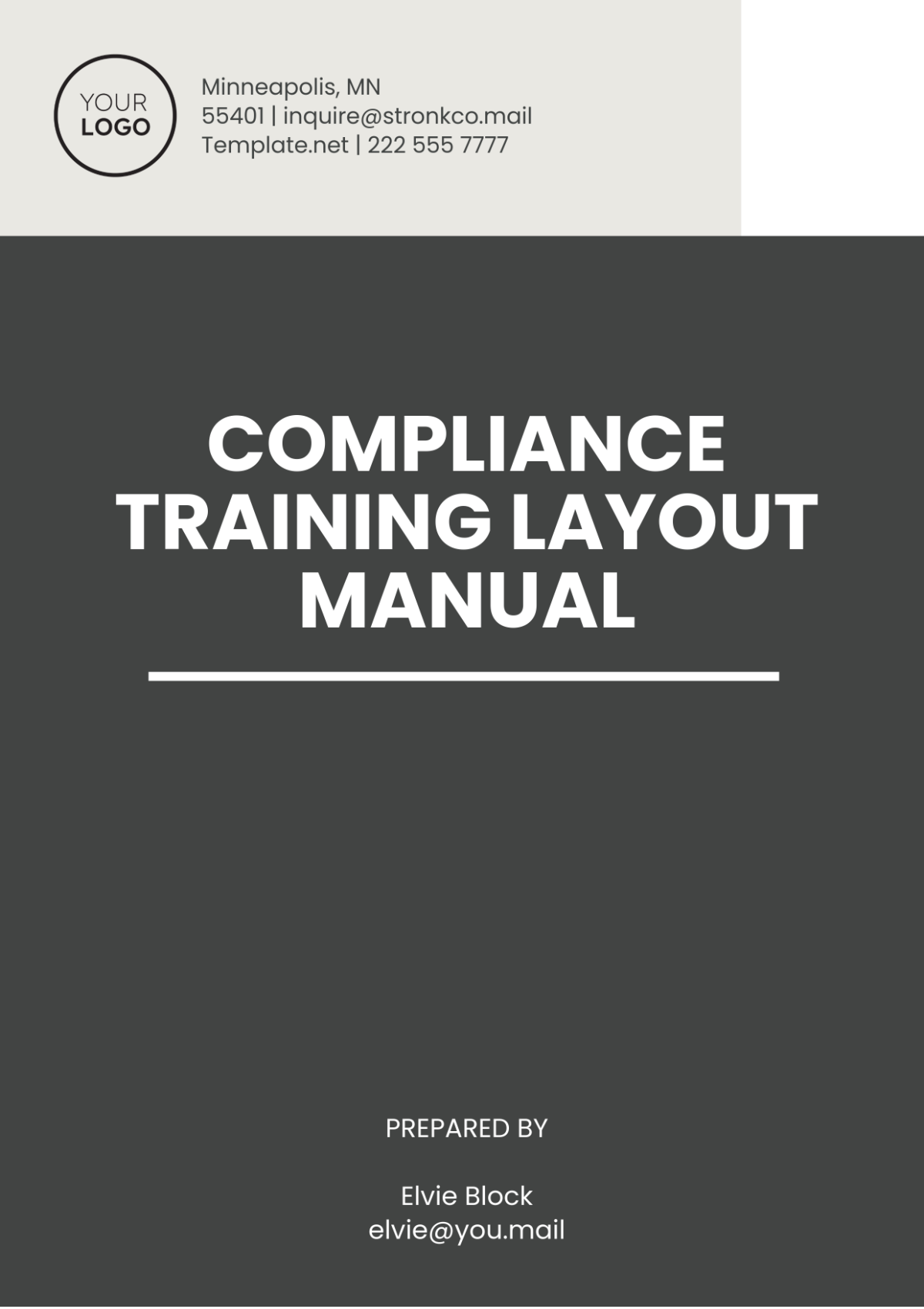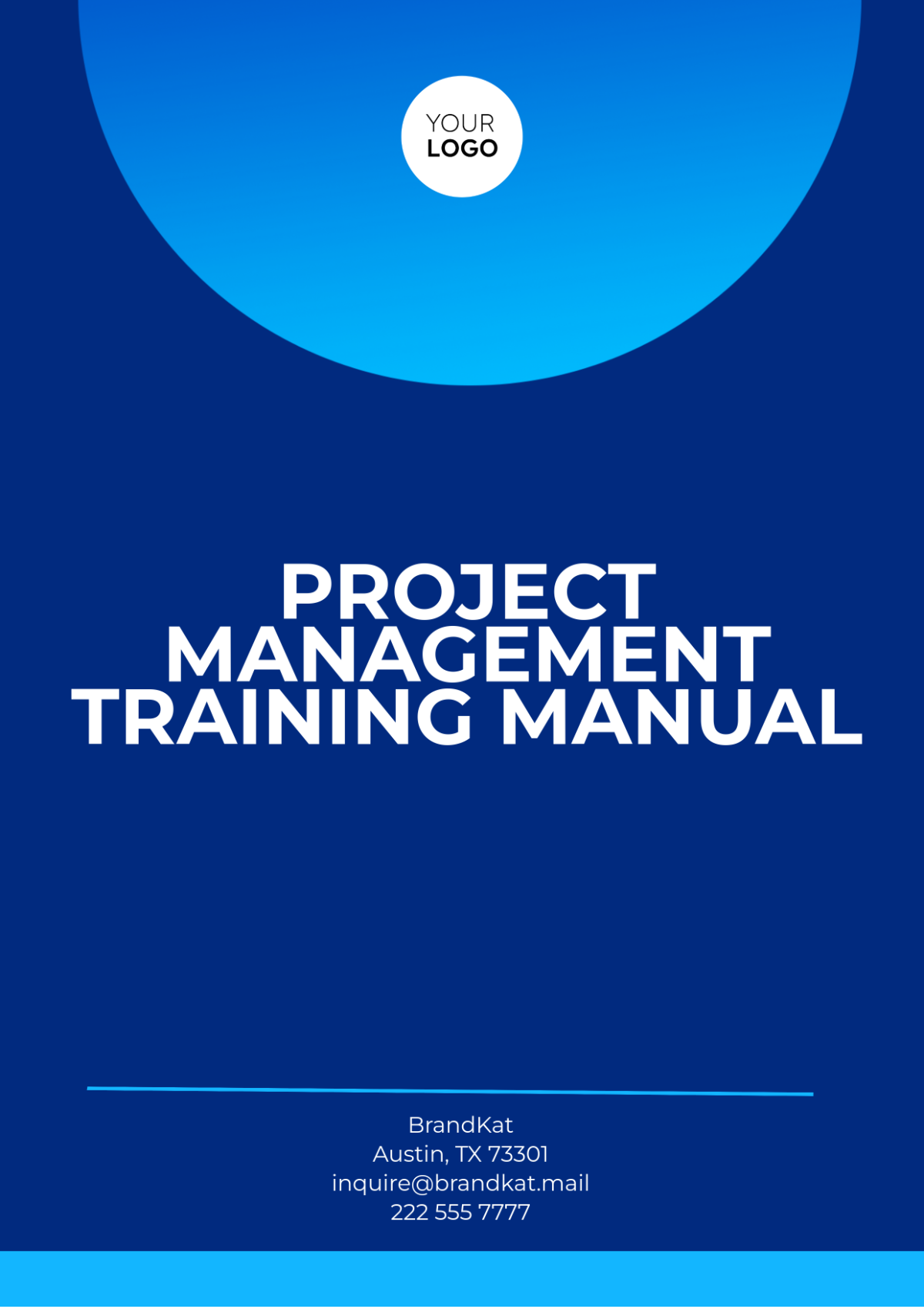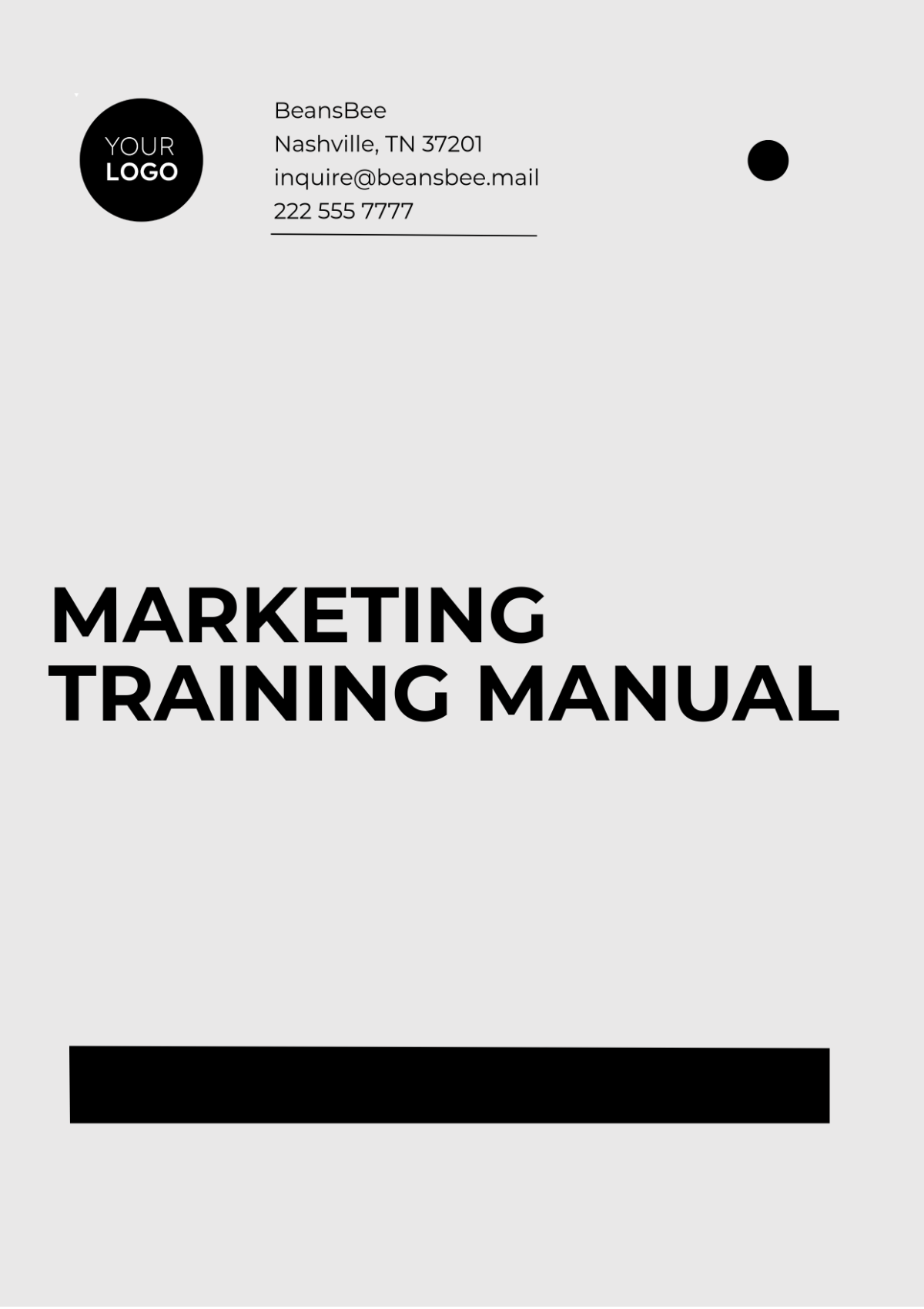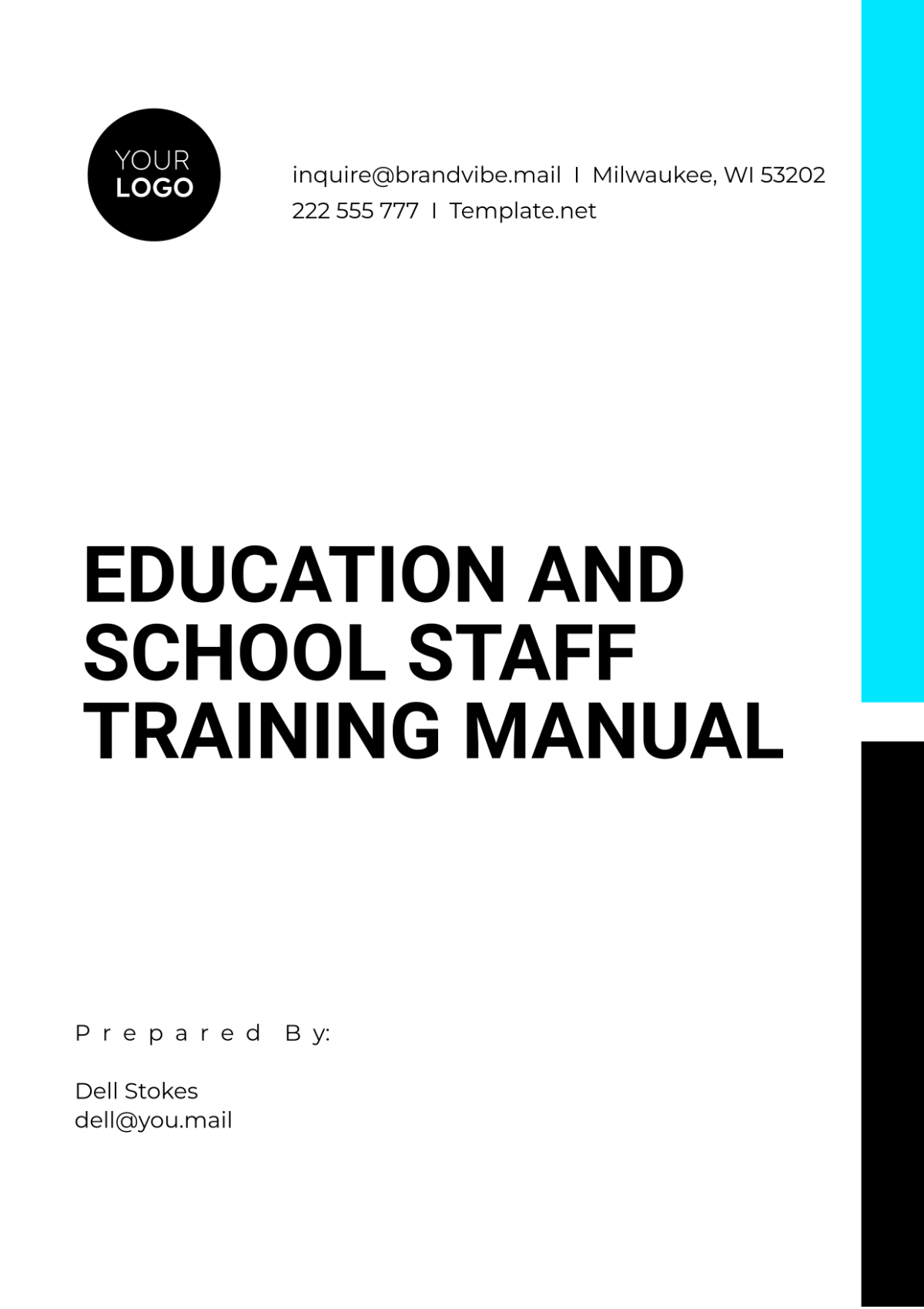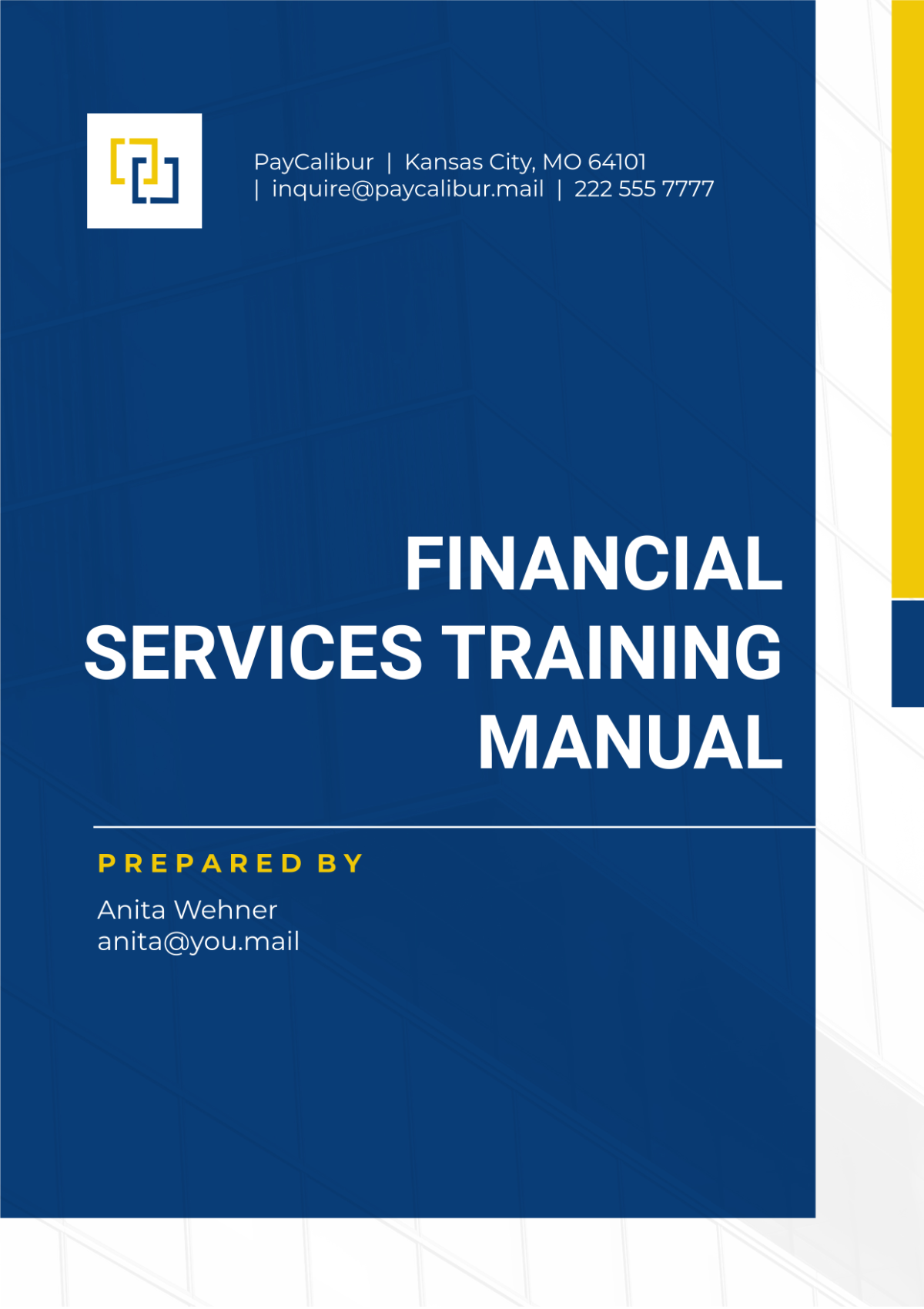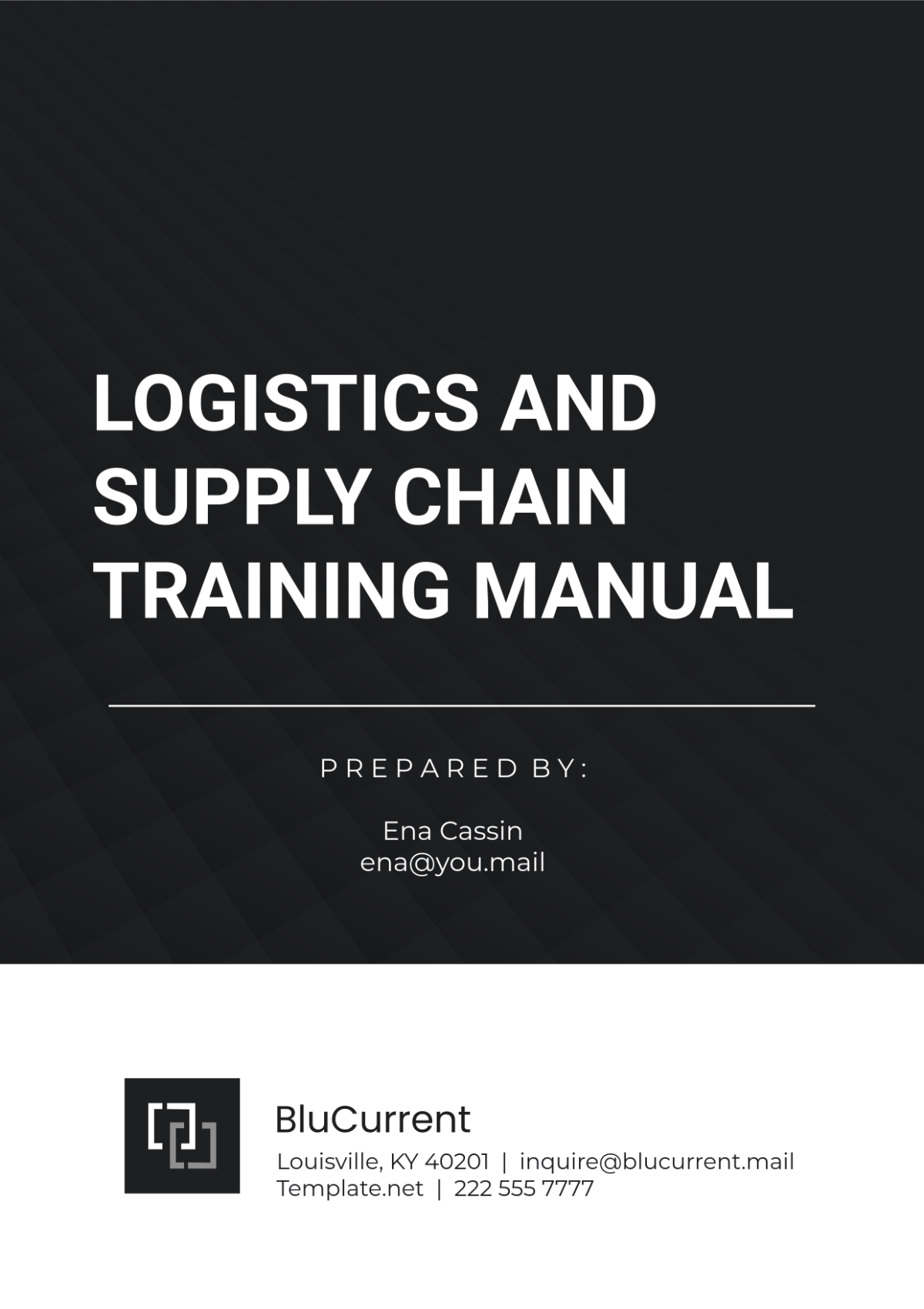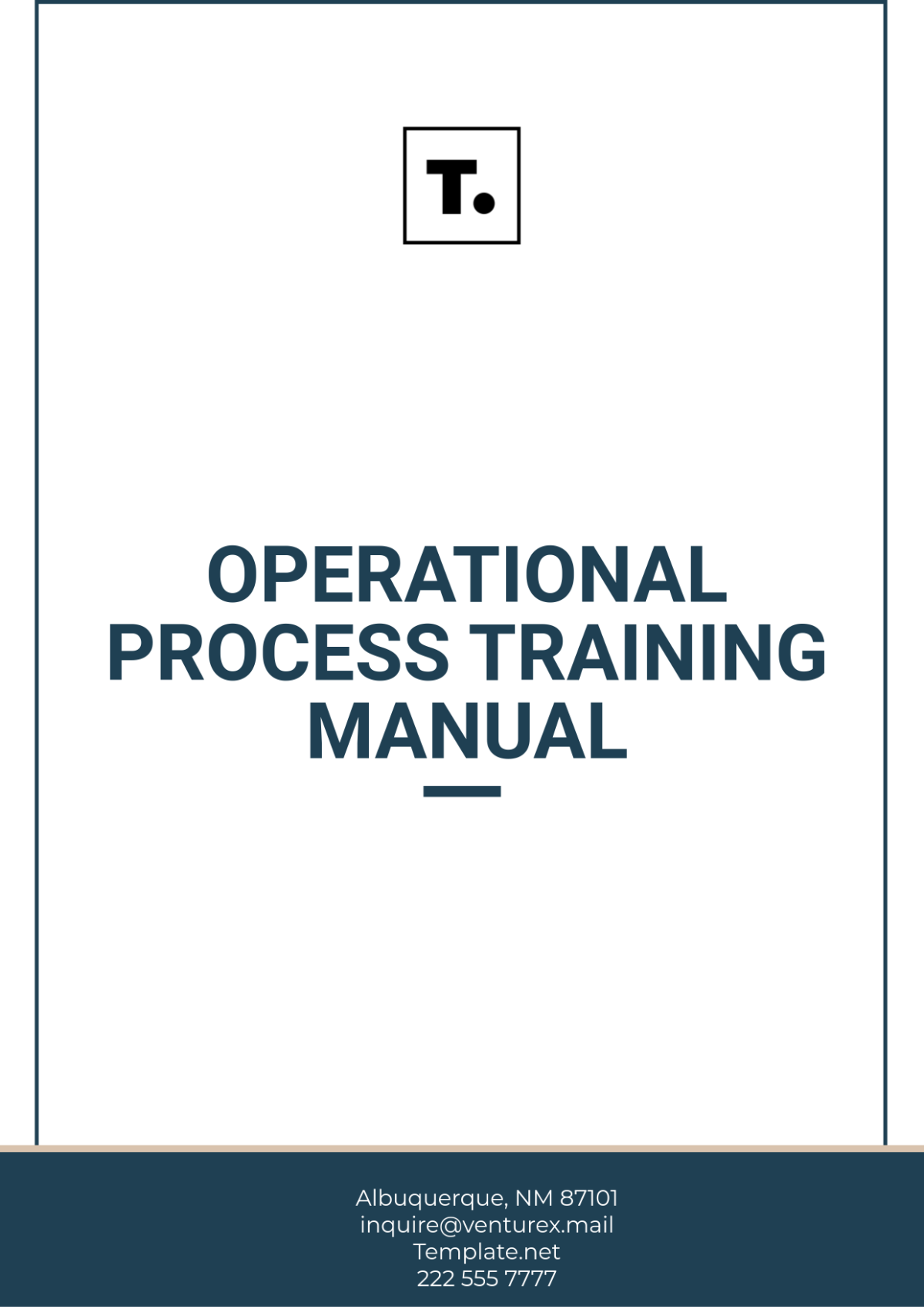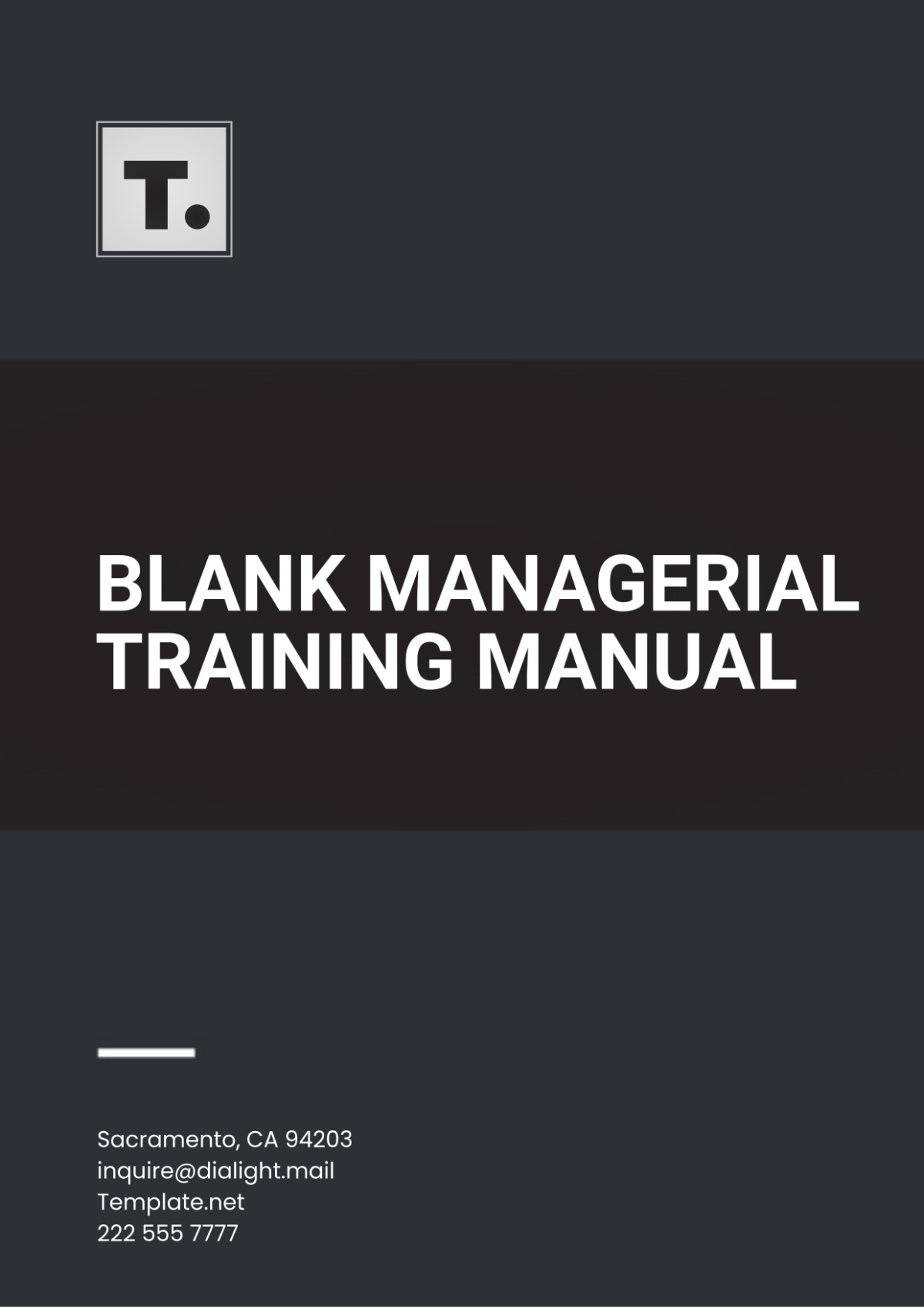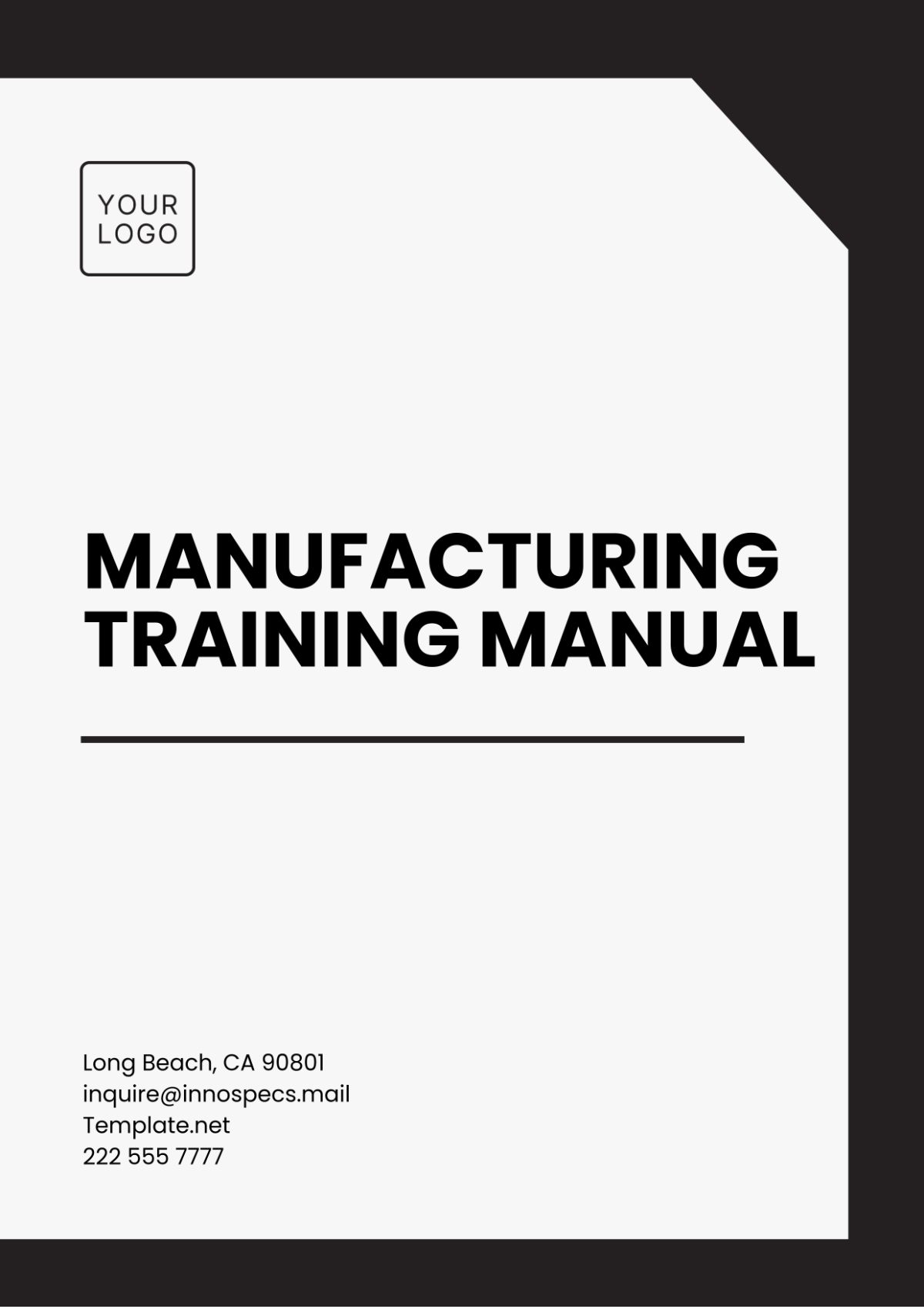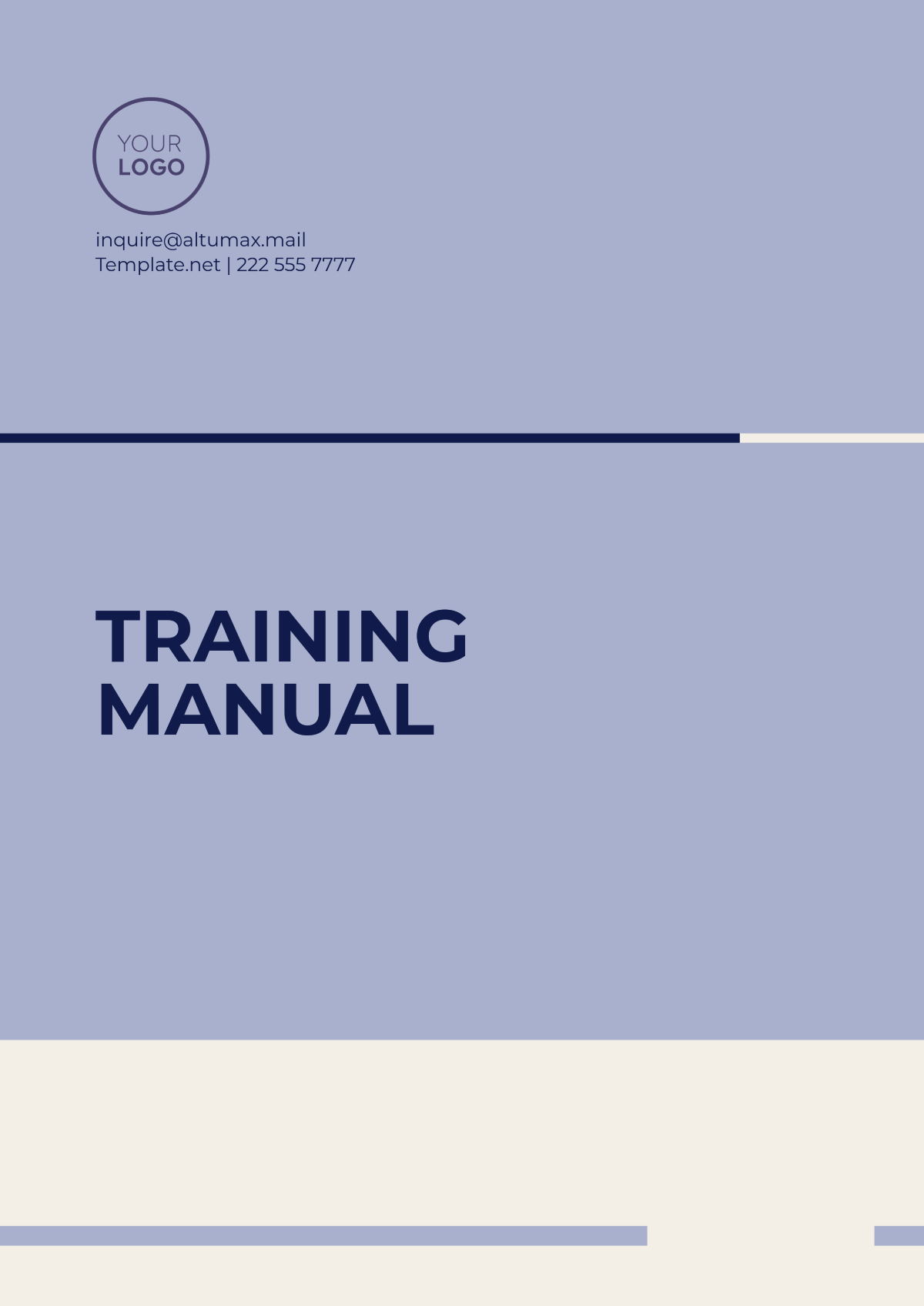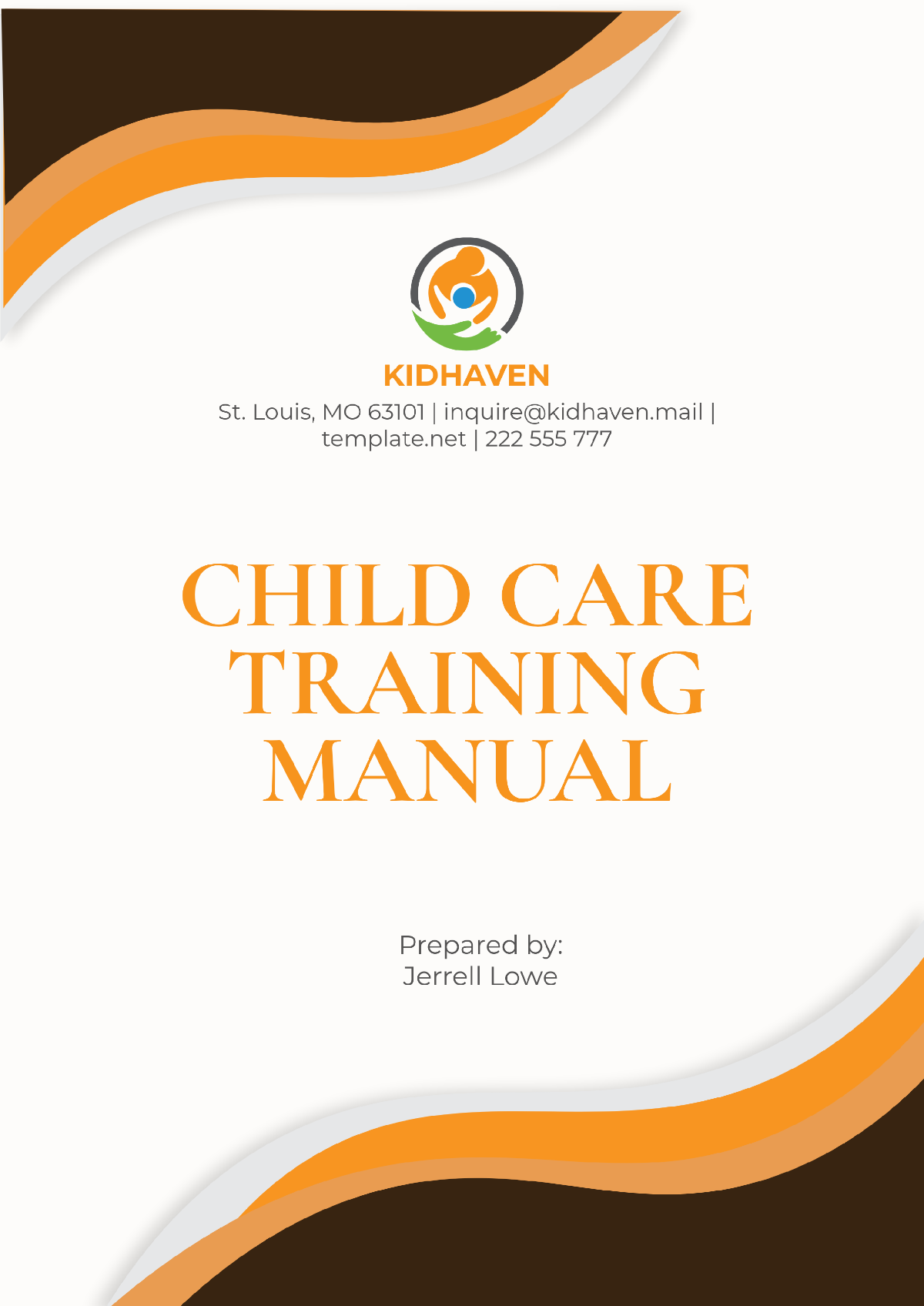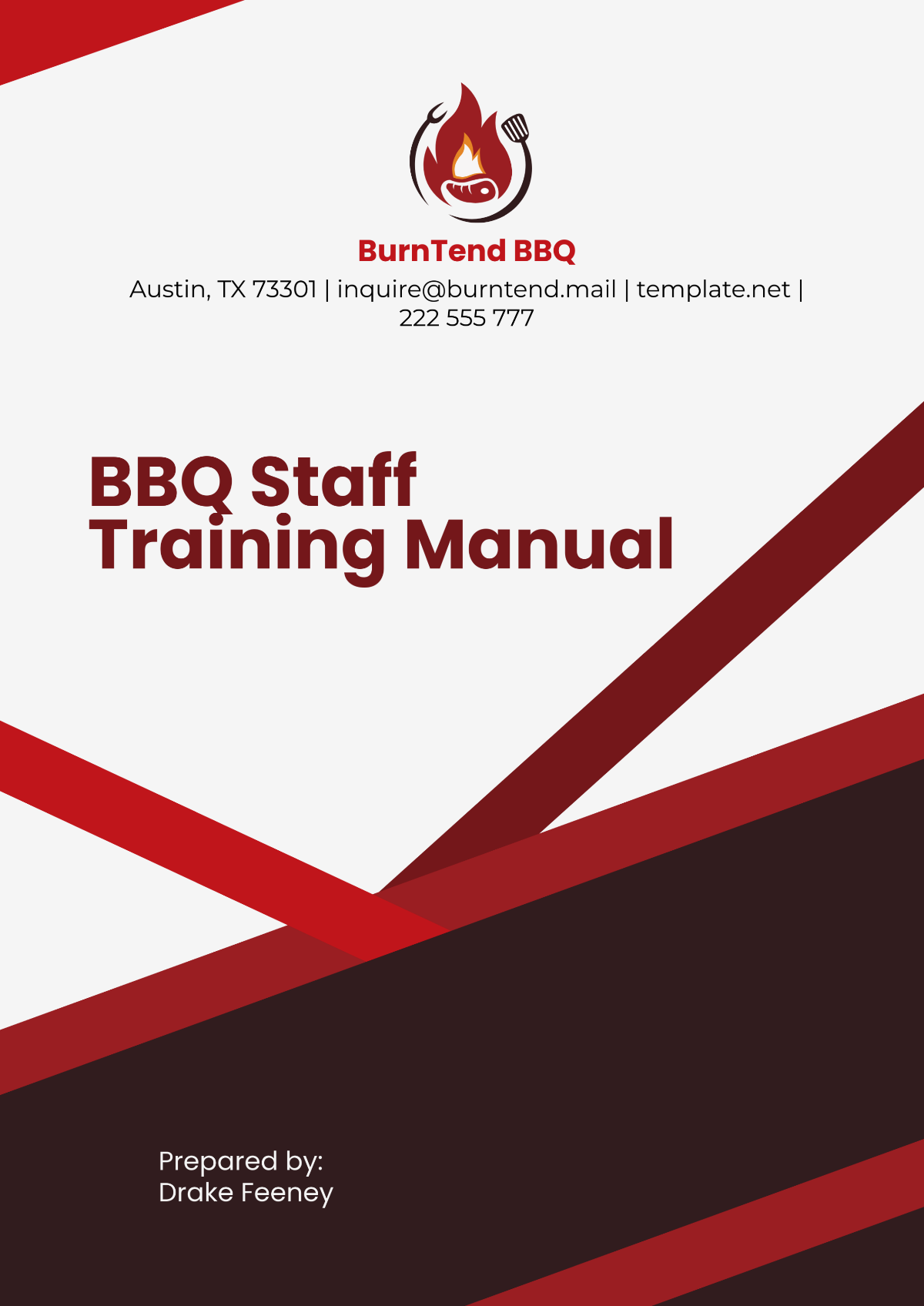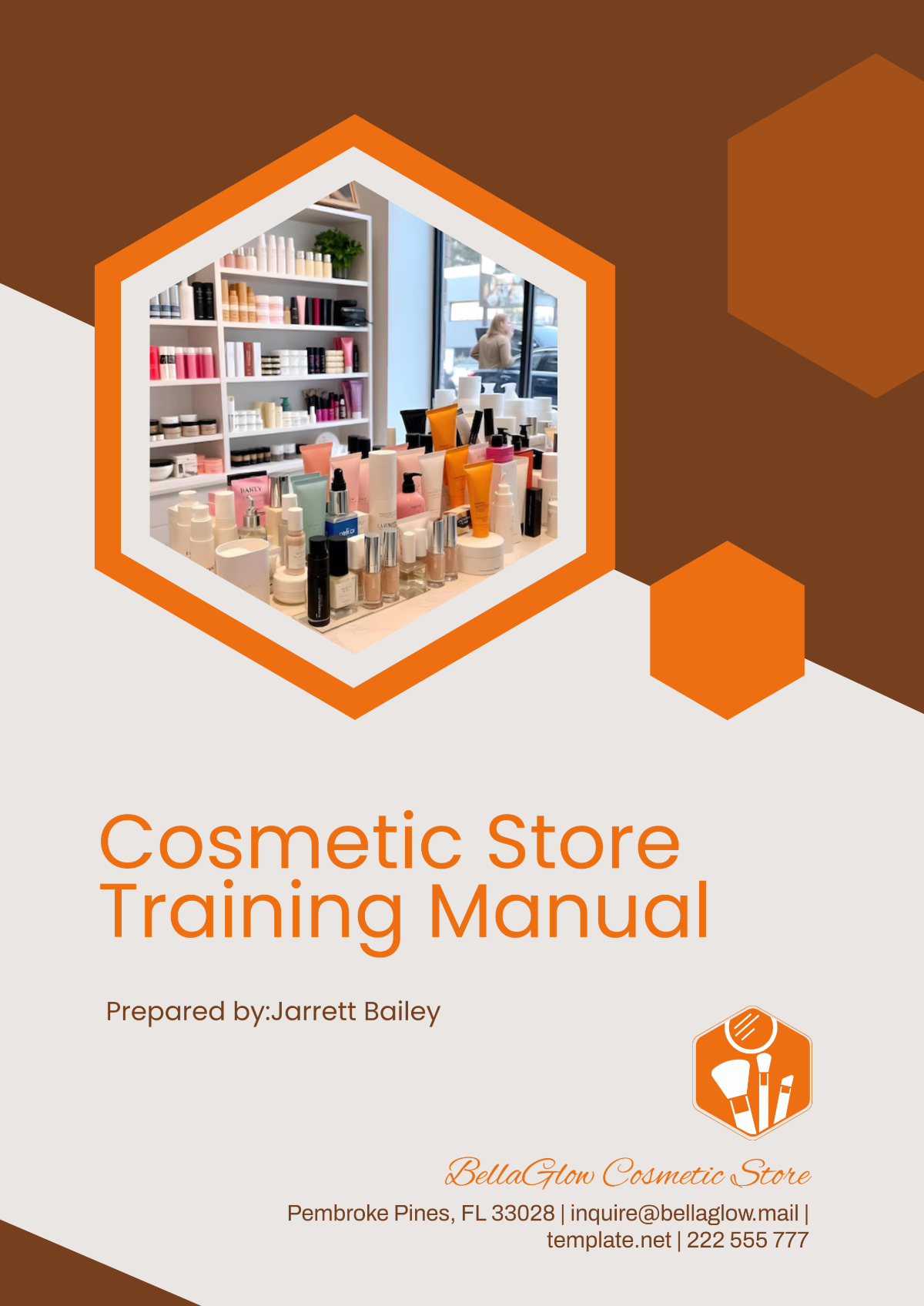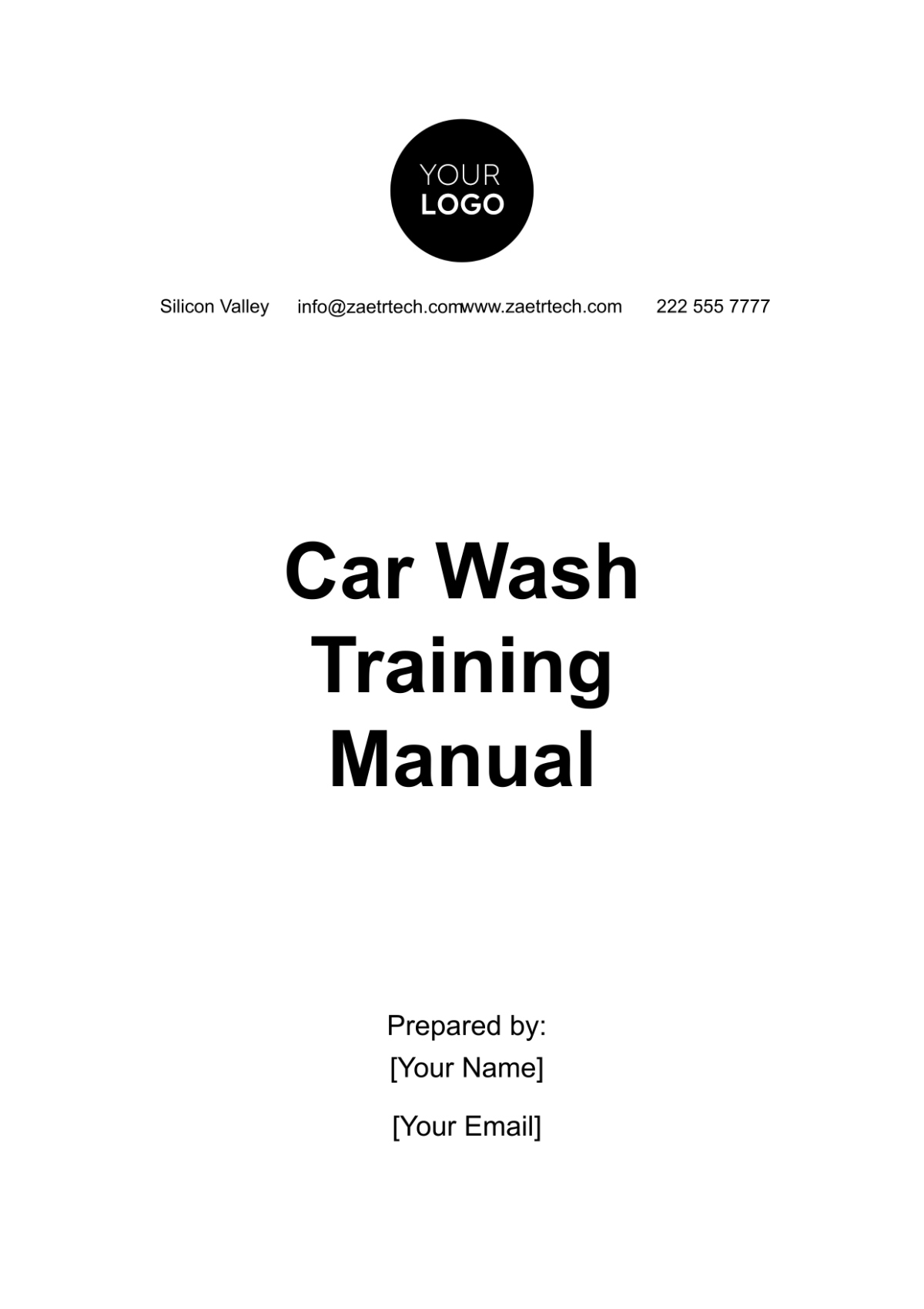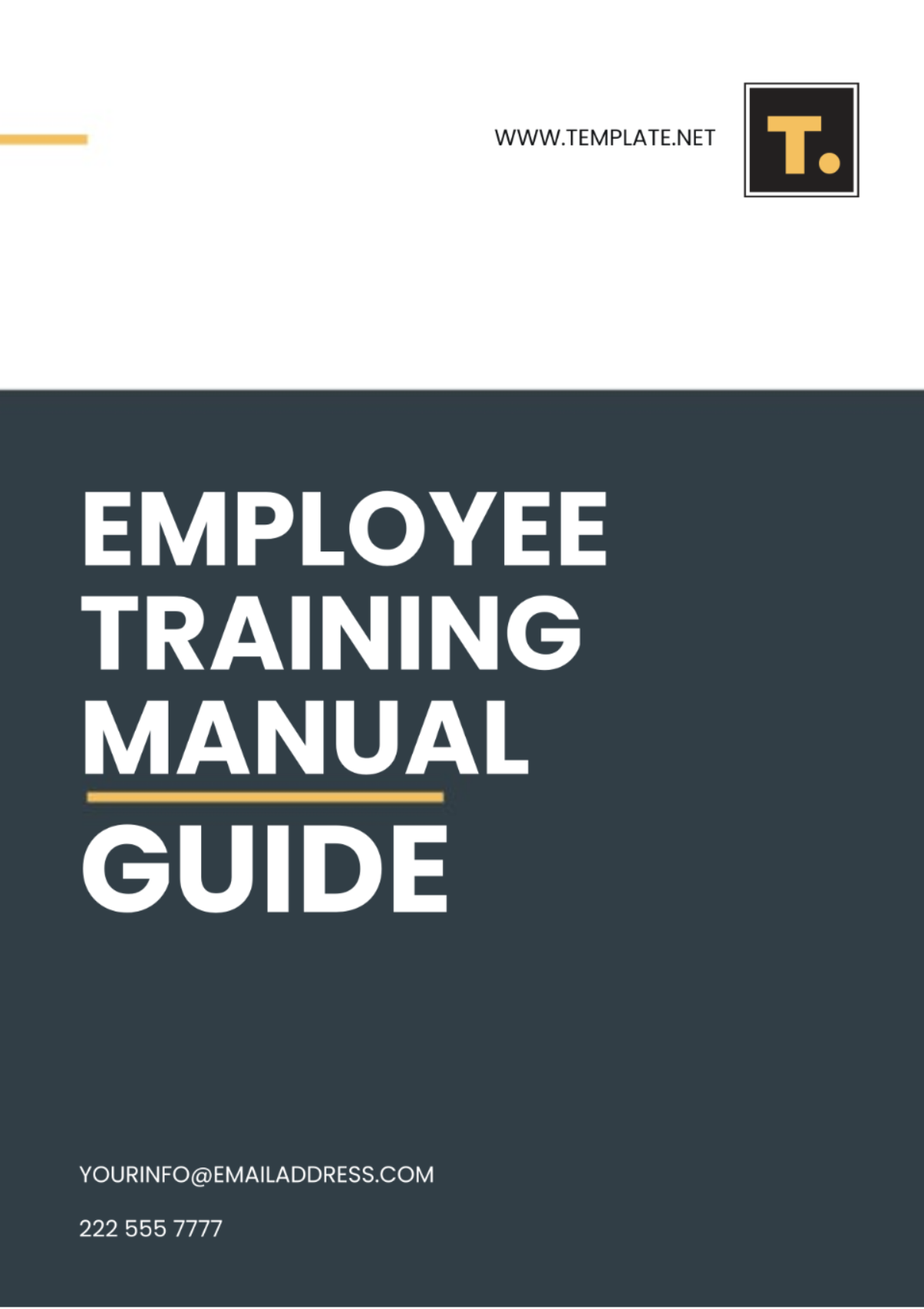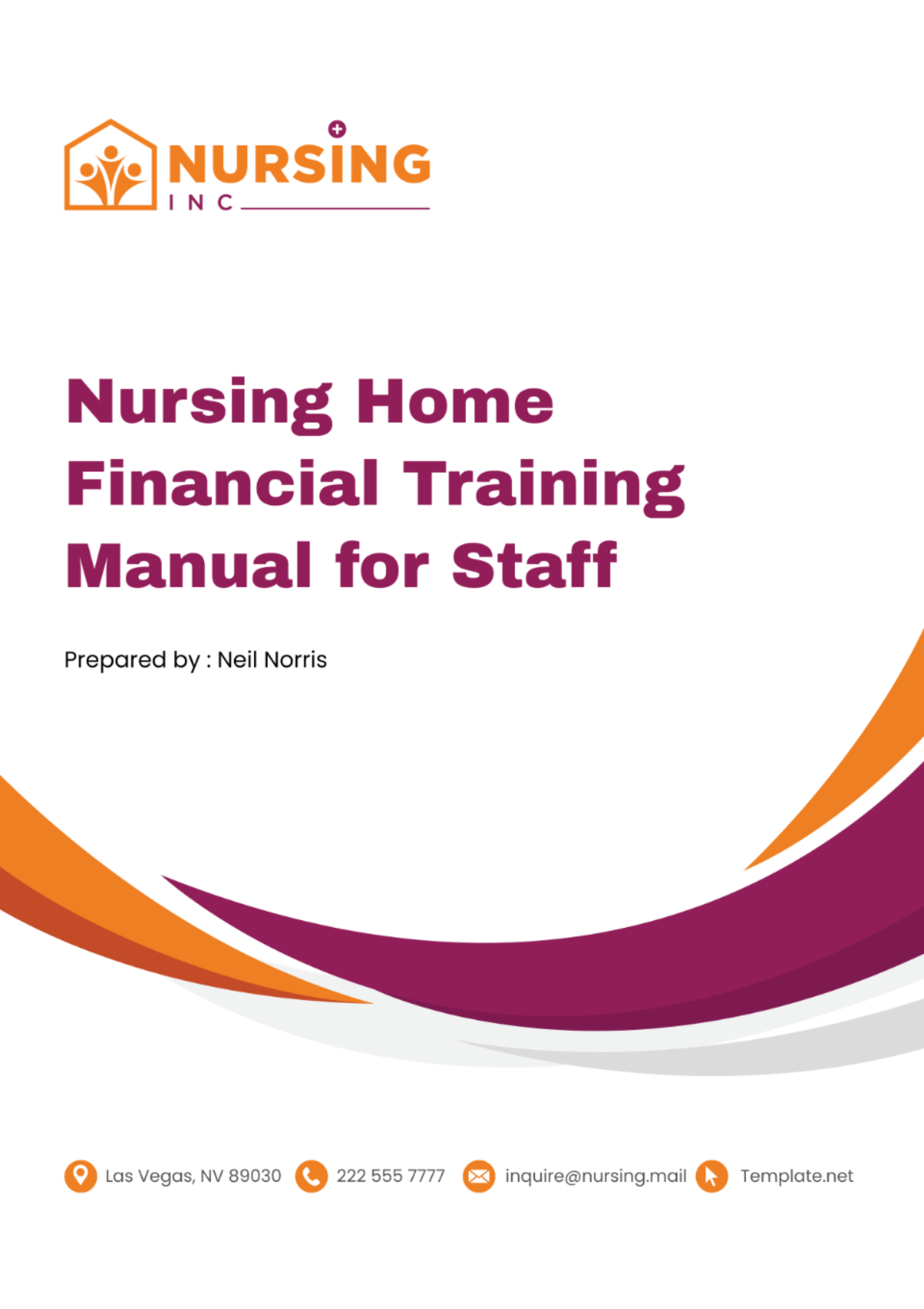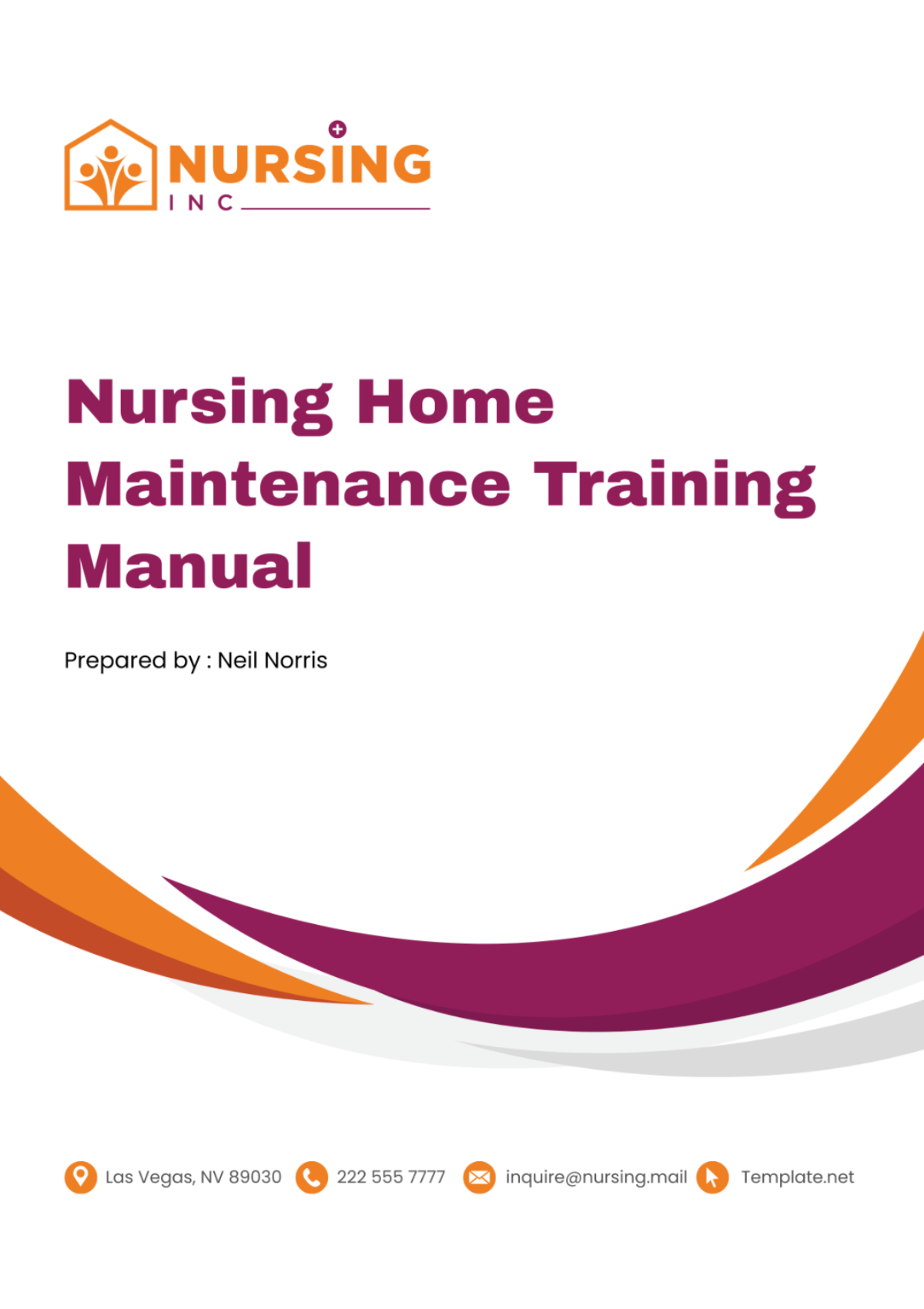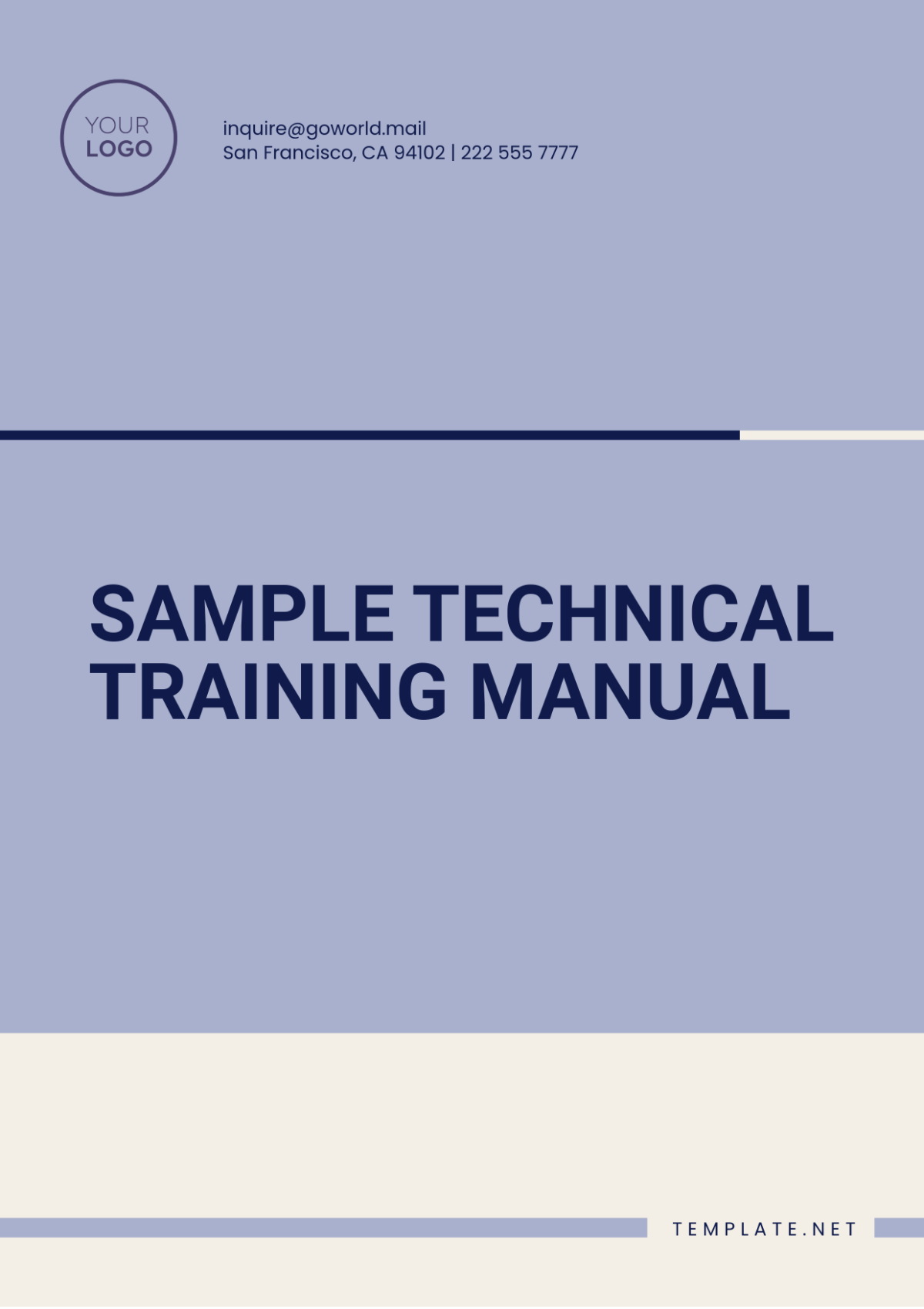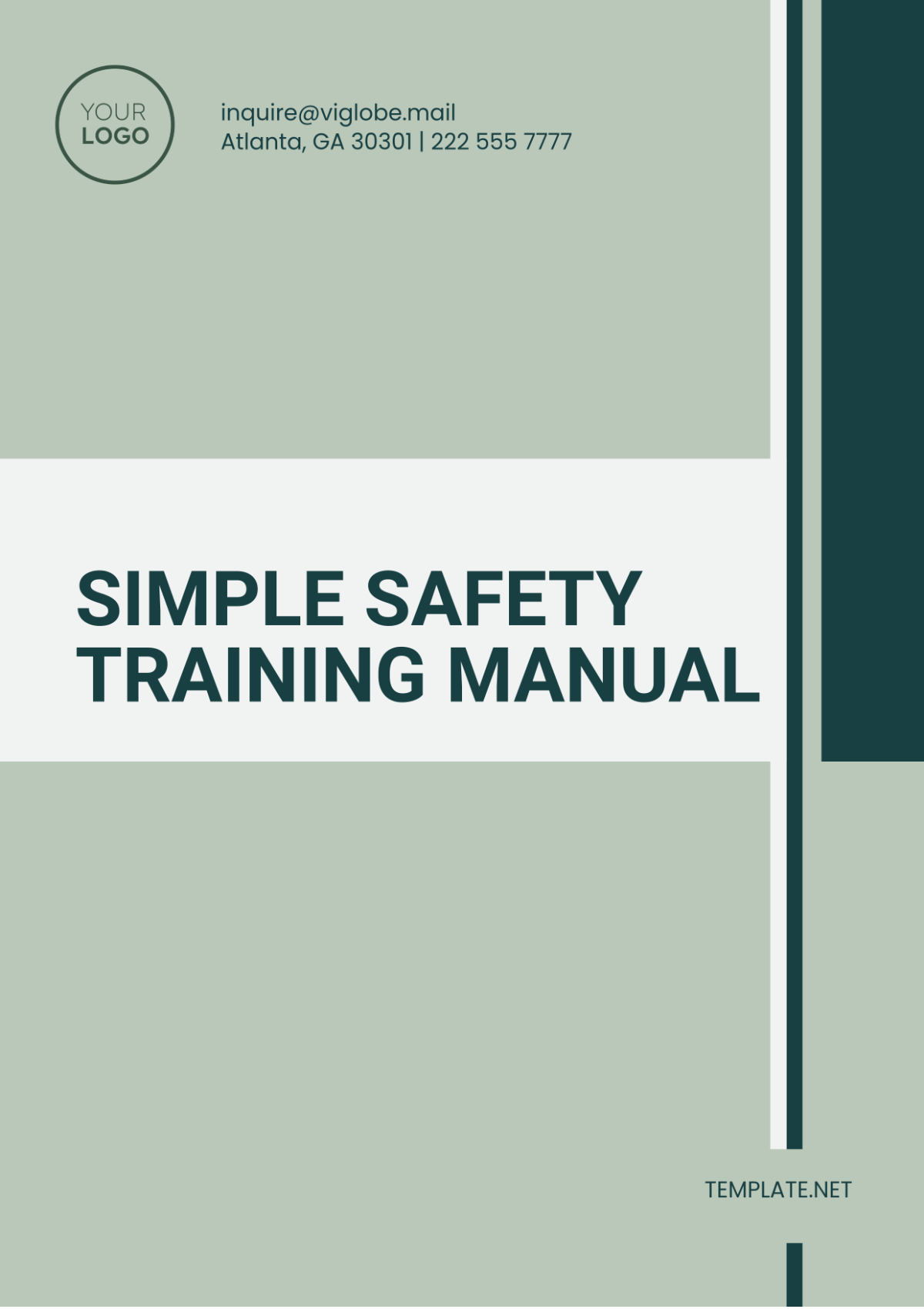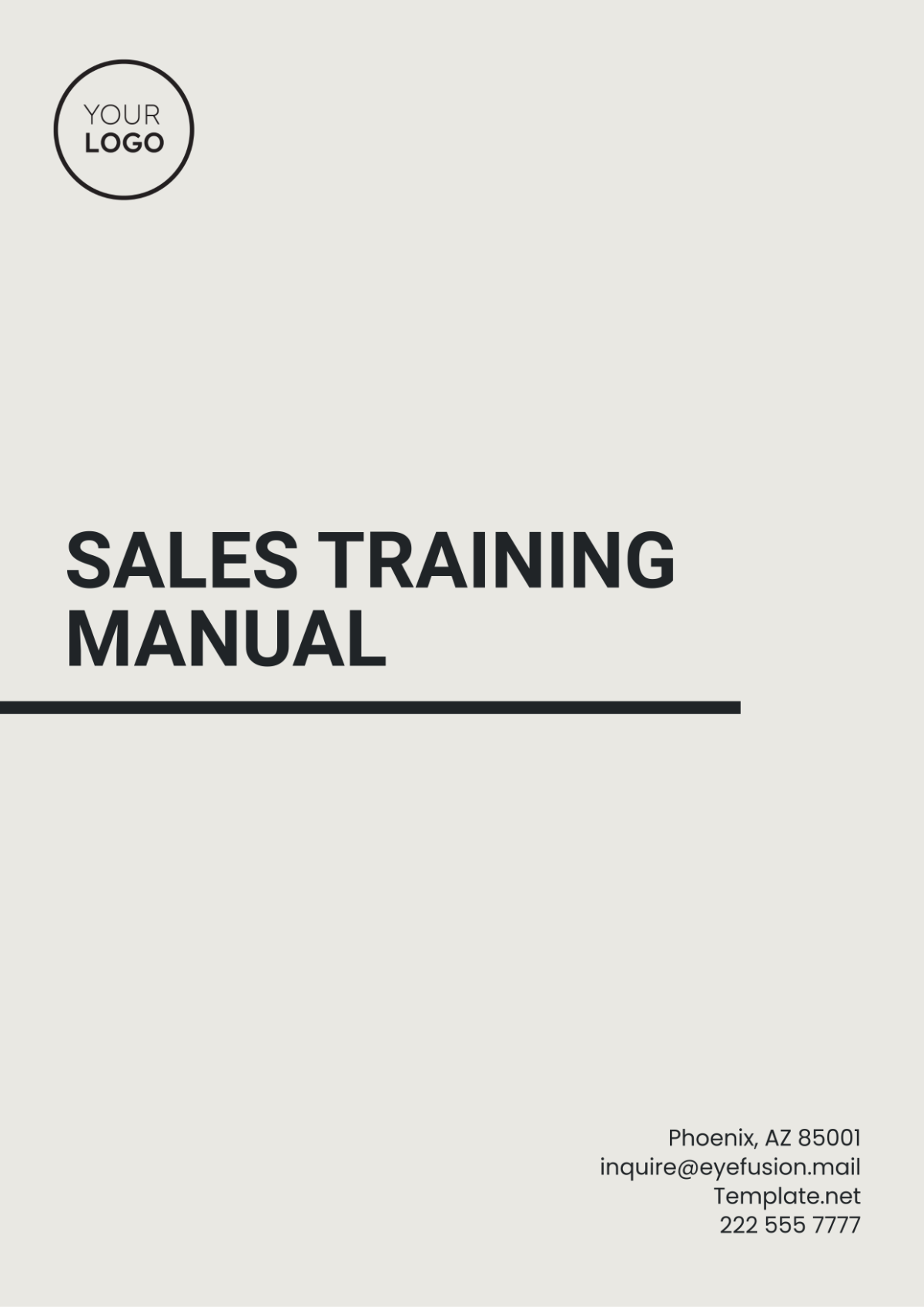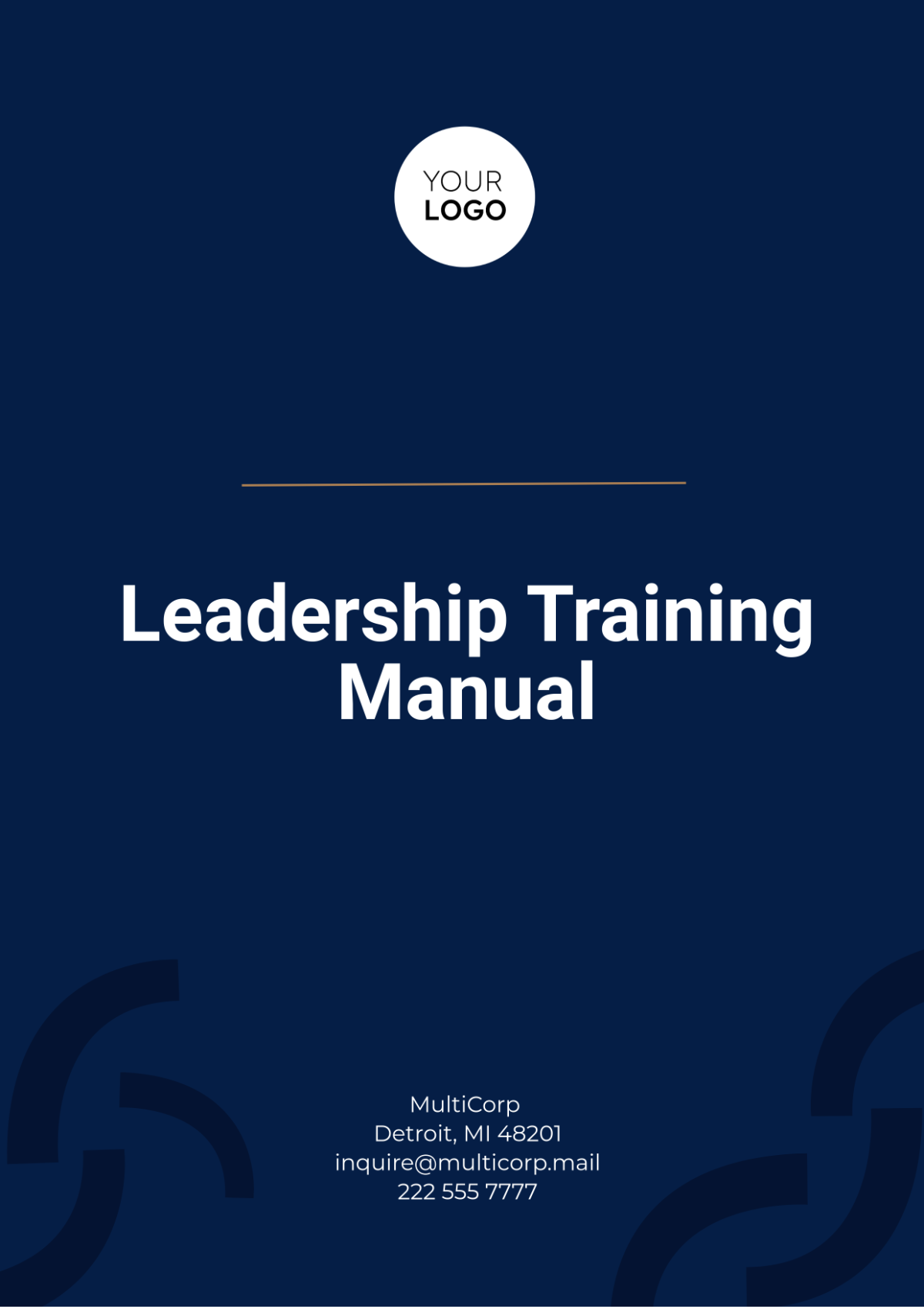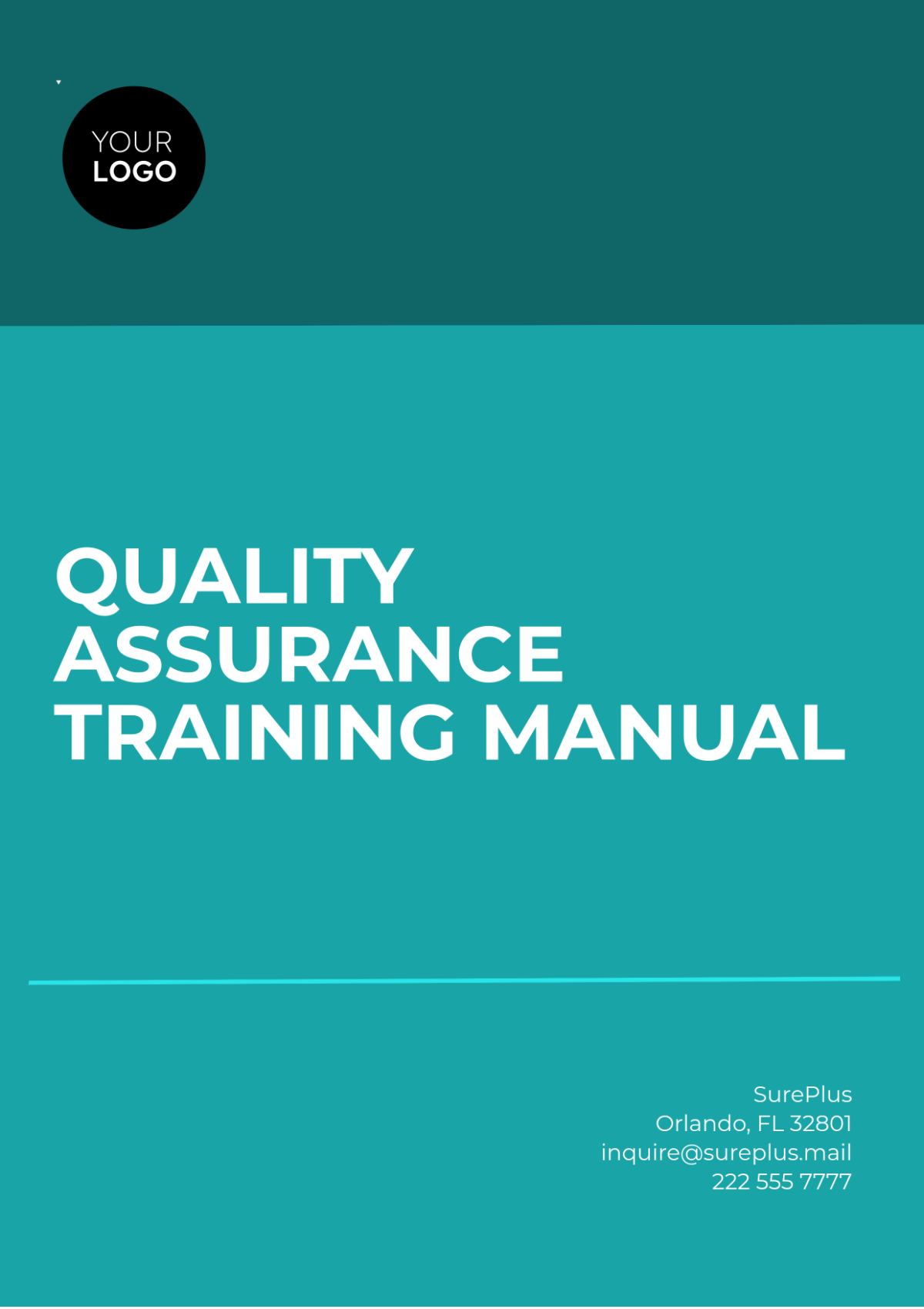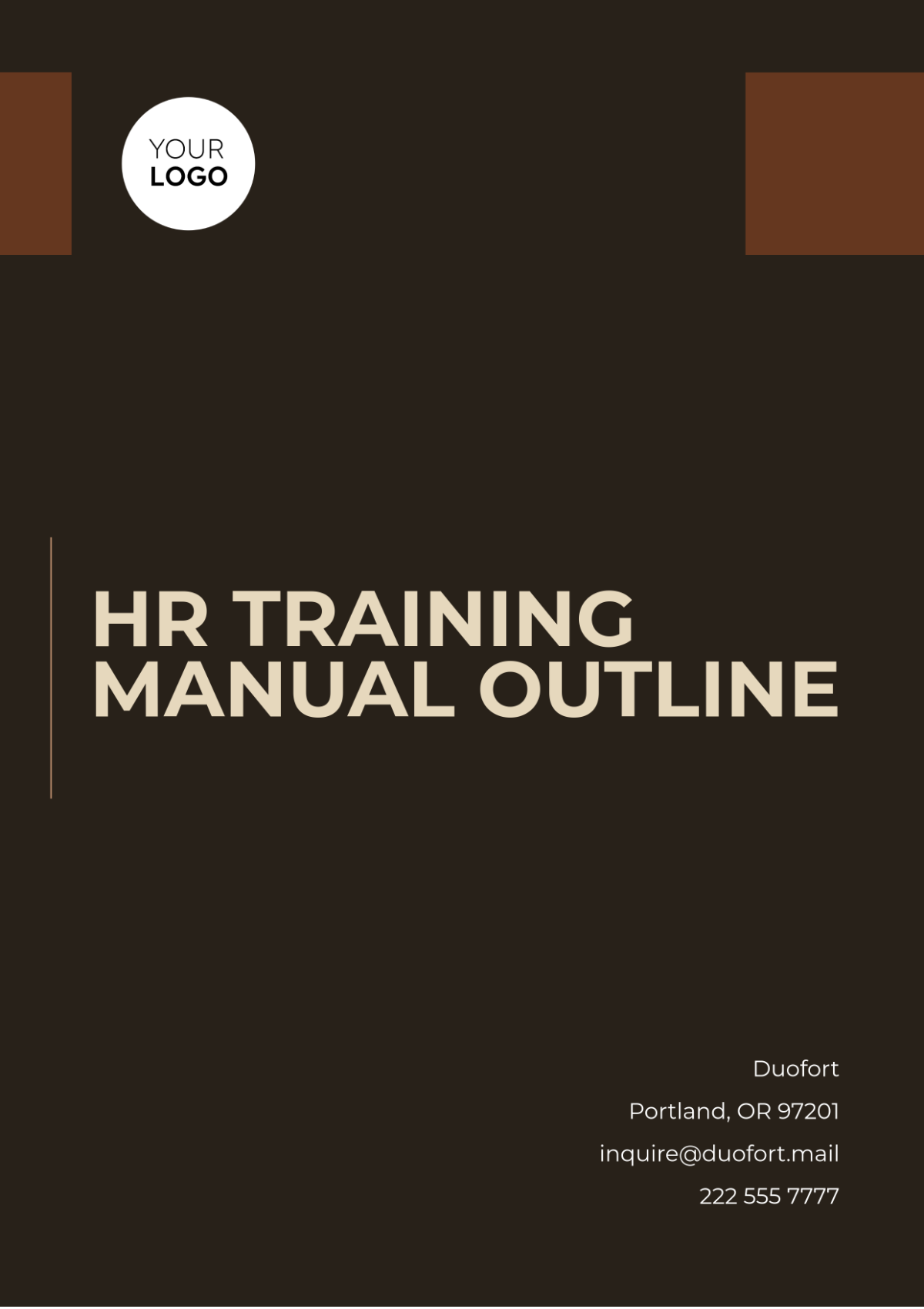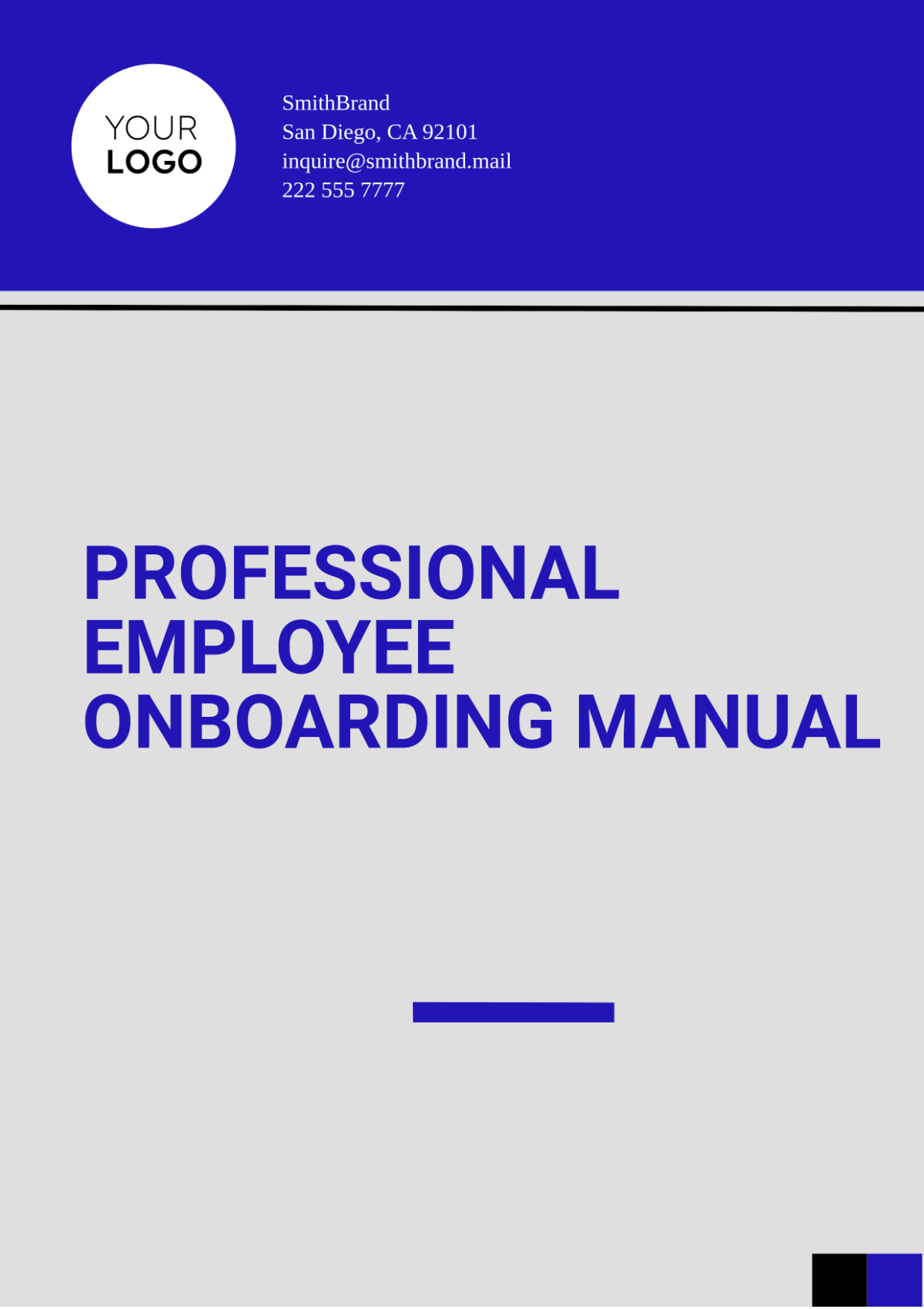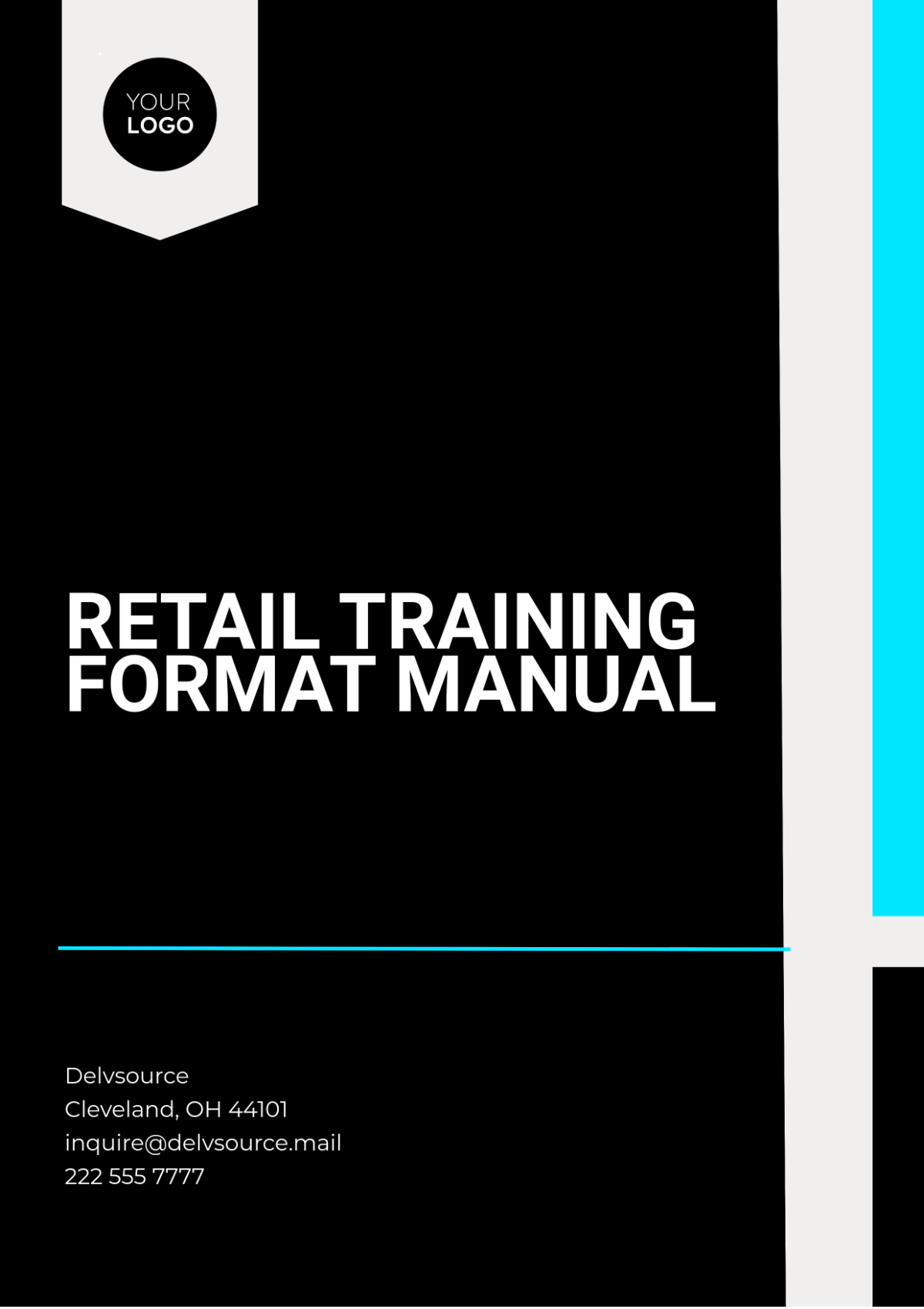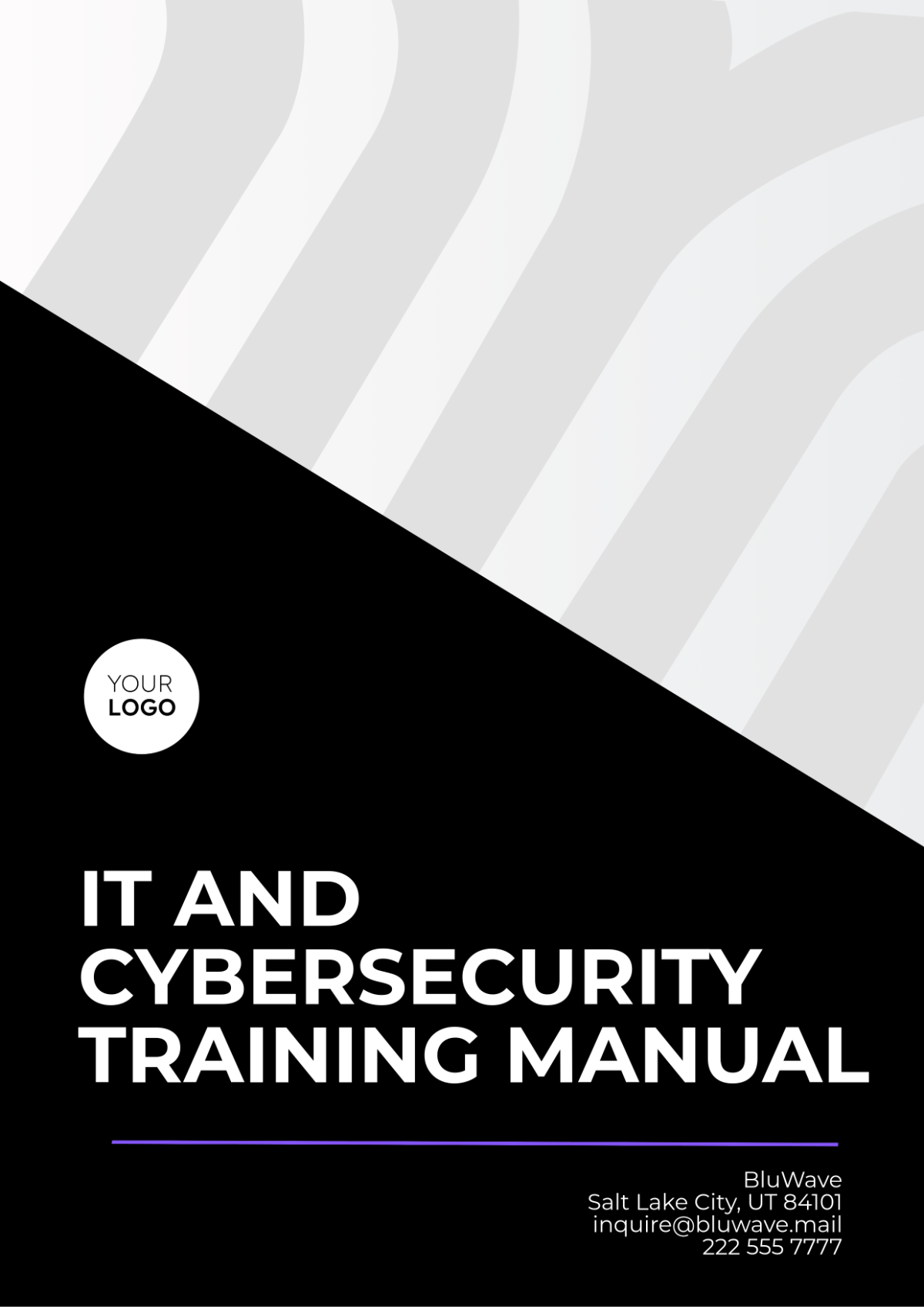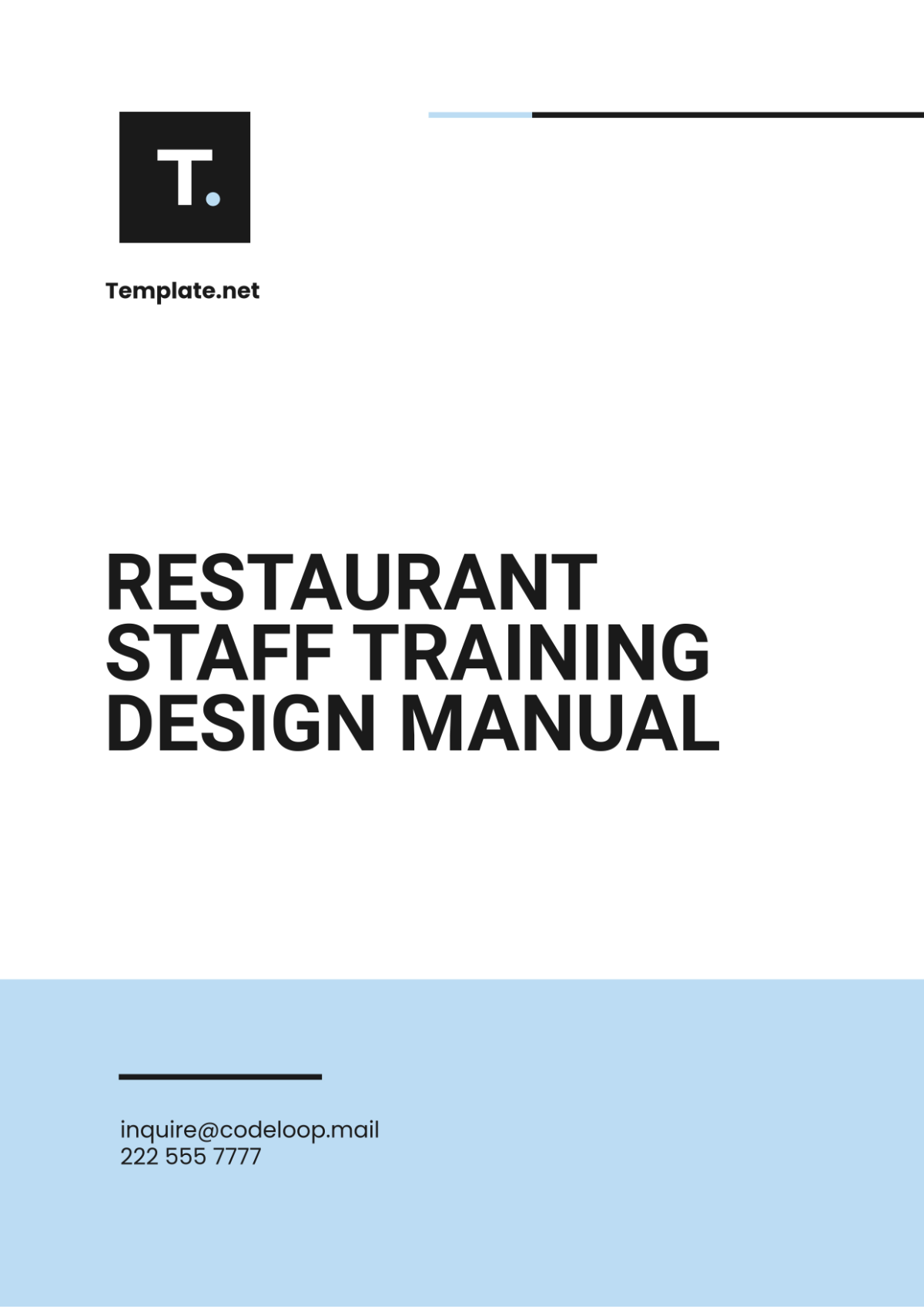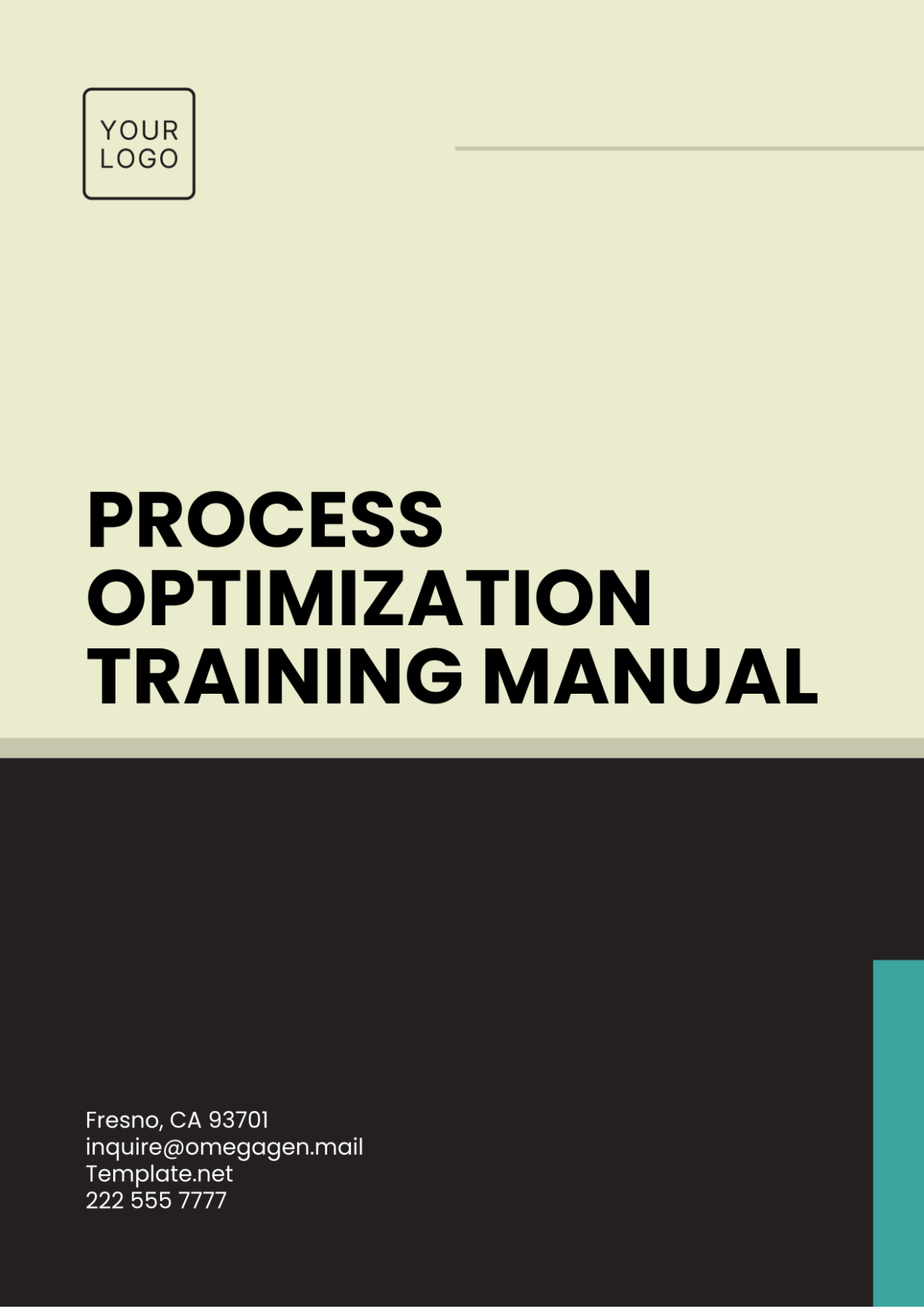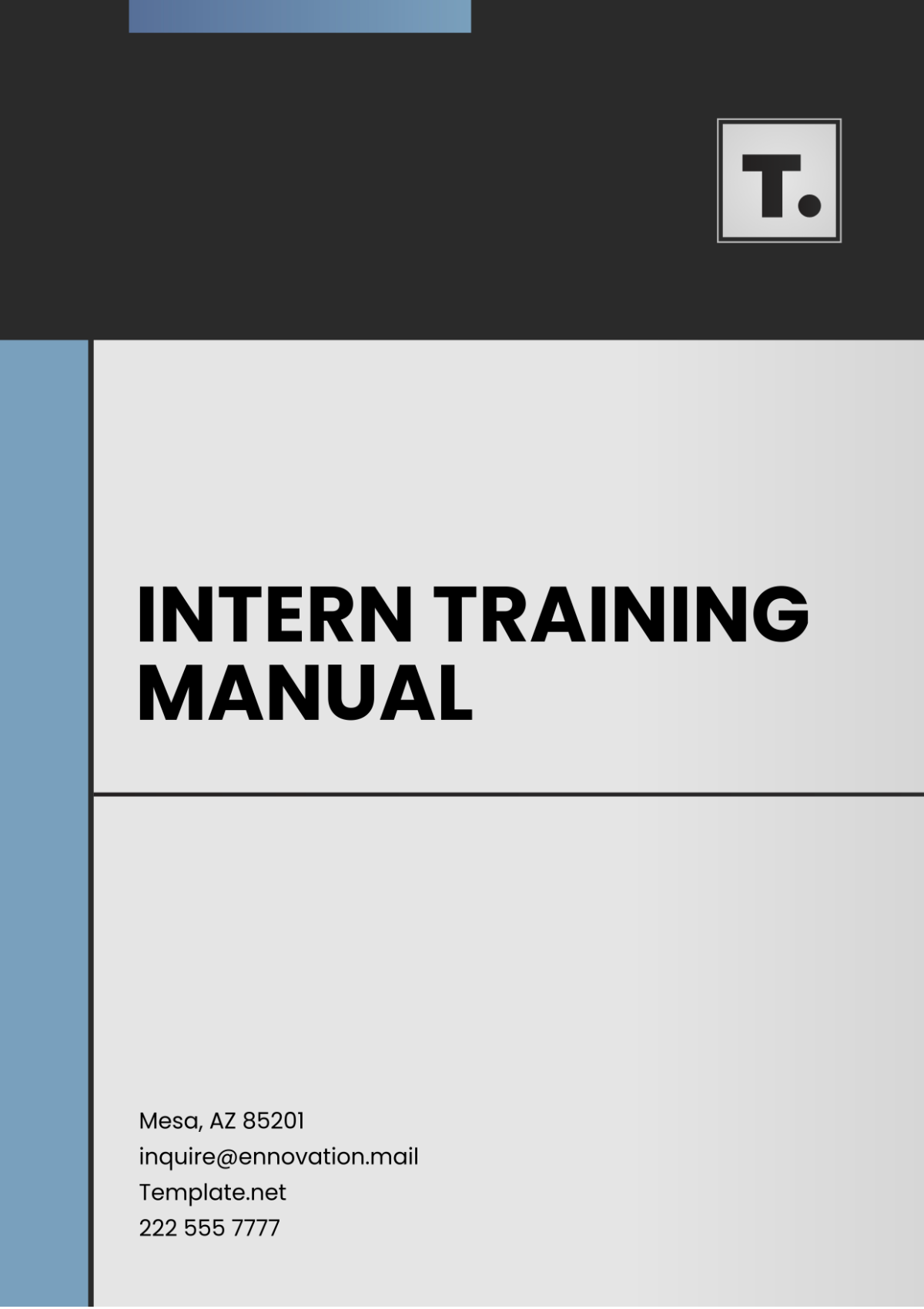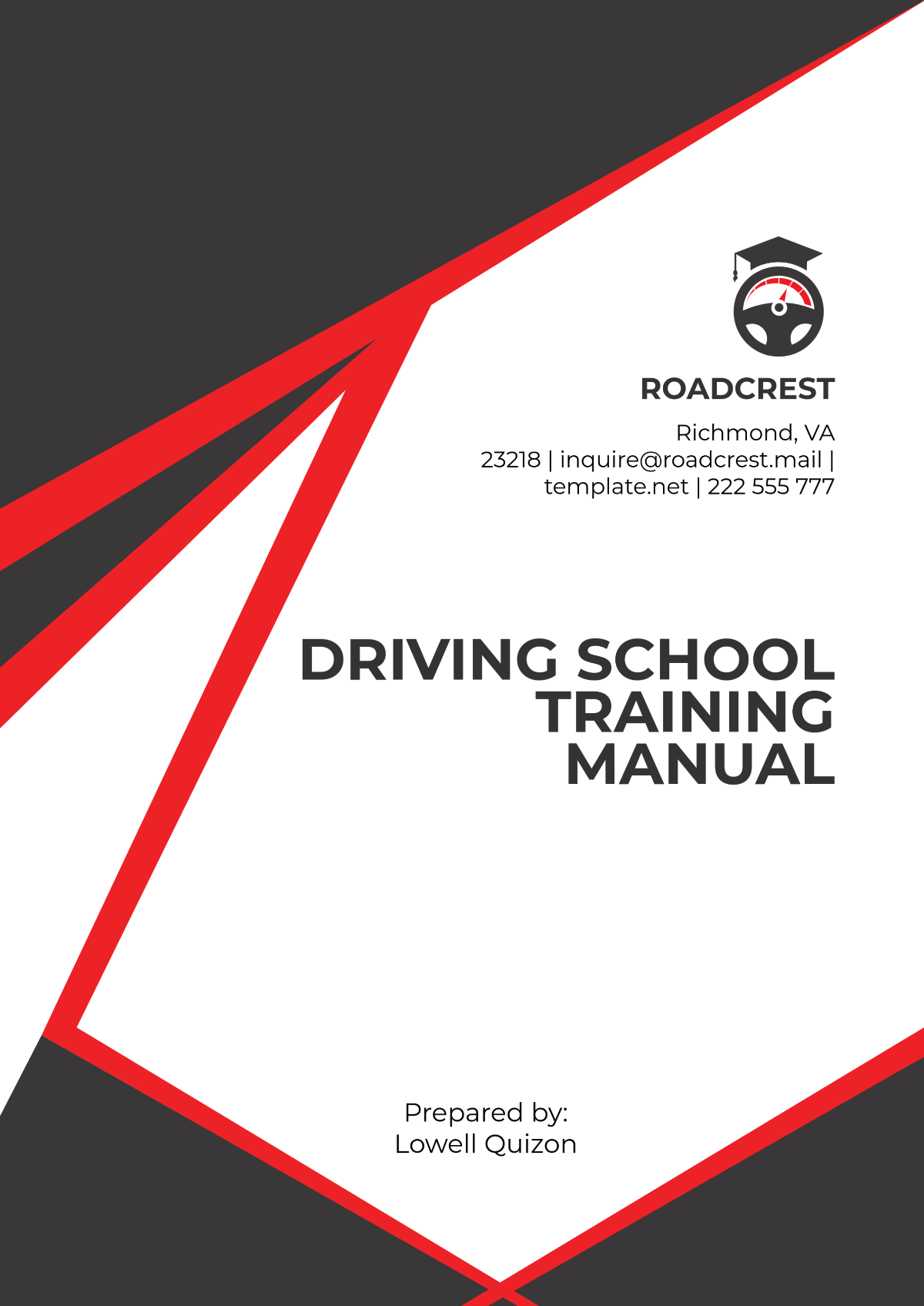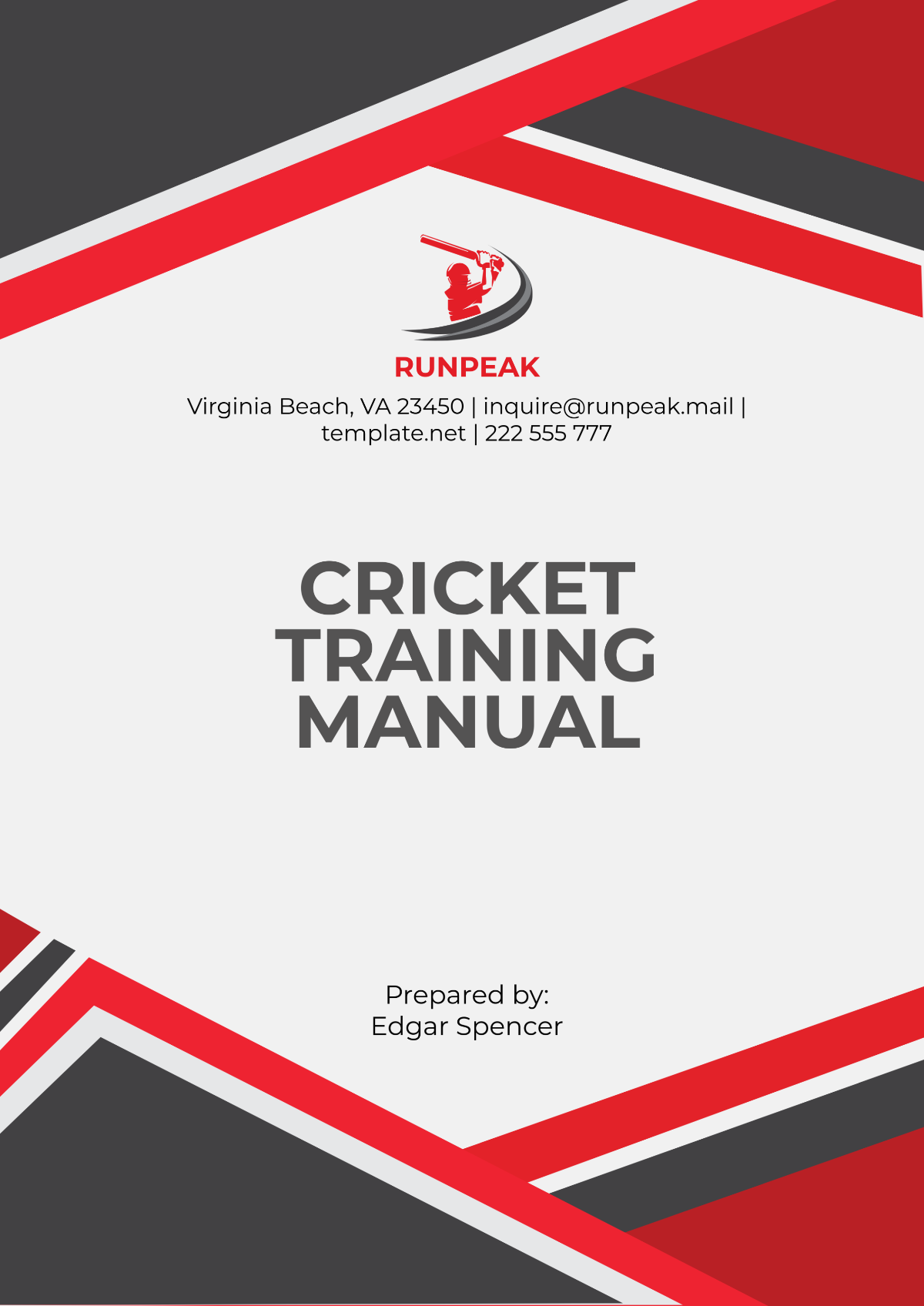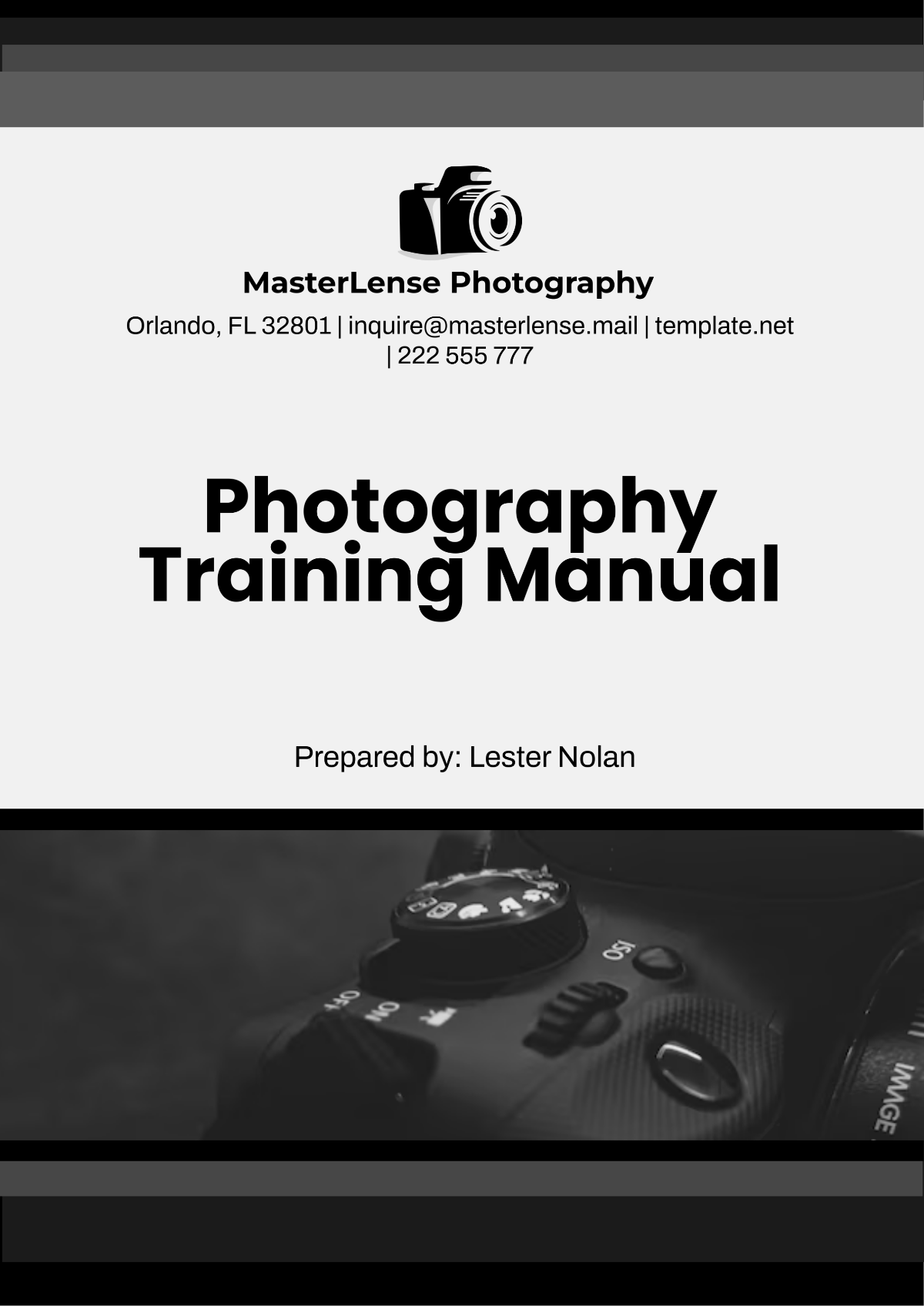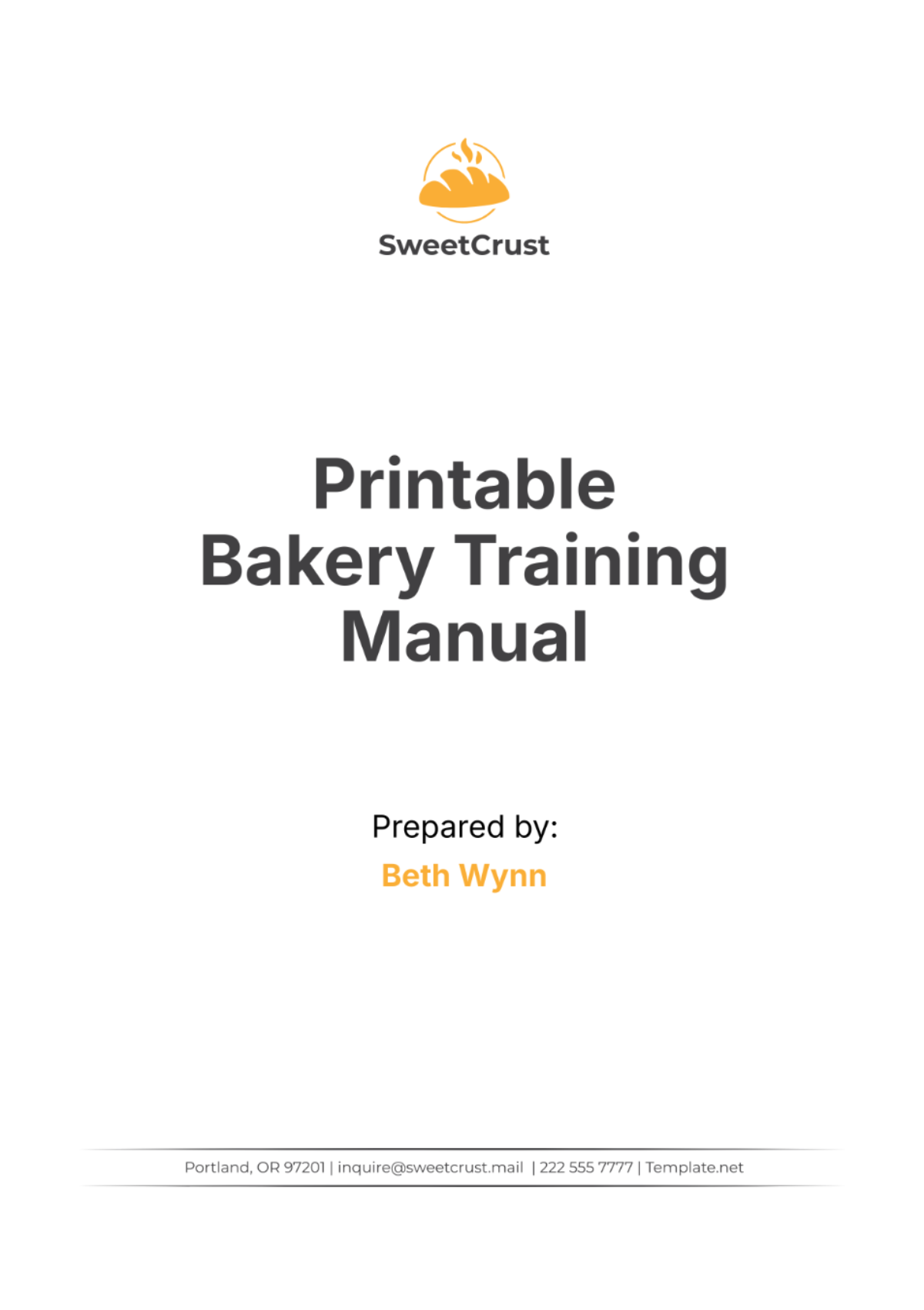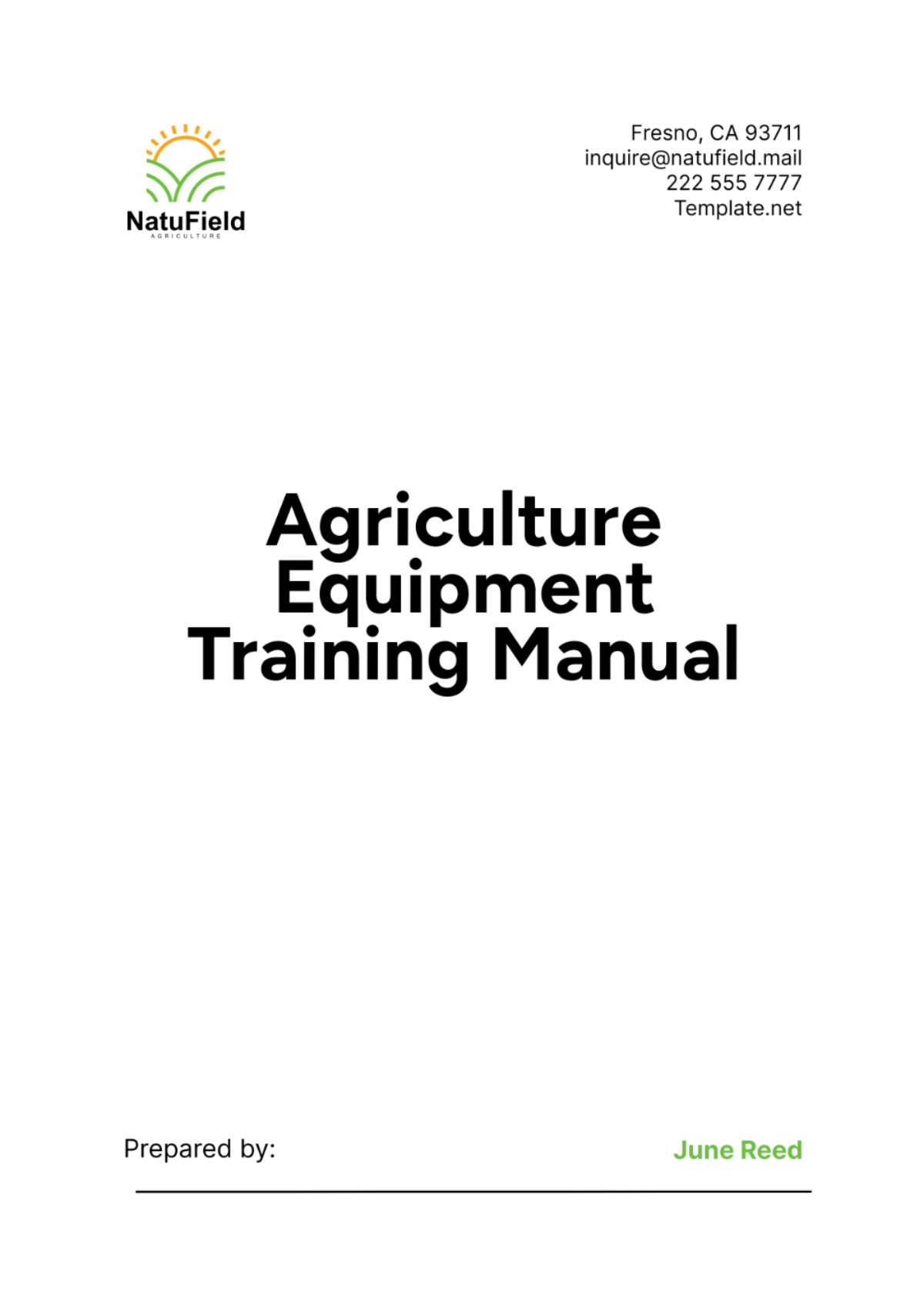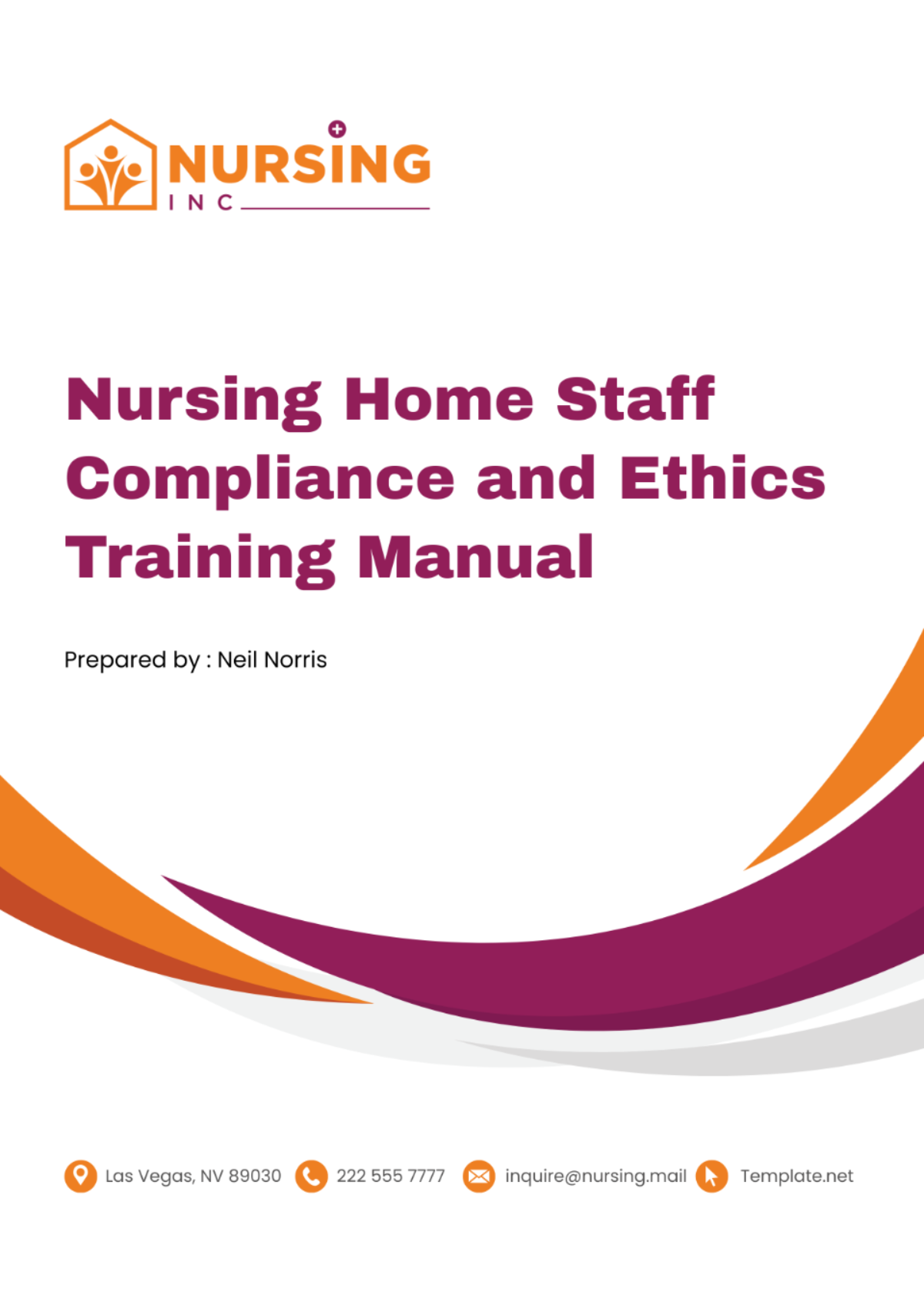Role-specific Performance Criteria Manual
TABLE OF CONTENTS
1. Introduction .......................................................................................................3
1.1 Purpose of the Manual .............................................................................................3
1.2 Structured Framework .............................................................................................3
1.3 Alignment with Organizational Goals .....................................................................3
1.4 Support for Employee Development ......................................................................3
1.5 Fairness and Equity .................................................................................................3
1.6 Consistency ..............................................................................................................3
1.7 Transparency ............................................................................................................4
1.8 Employee Engagement ............................................................................................4
1.9 Continuous Improvement ........................................................................................4
2. Job Overview Review ........................................................................................4
2.1 Job Role Overview ...................................................................................................4
3. Performance Criteria ........................................................................................5
3.1. Core Competencies ................................................................................................5
3.2 Key Responsibilities .................................................................................................5
3.3 Additional Metrics ...................................................................................................6
4. Performance Evaluation Process .....................................................................6
4.1 Self-Assessment .....................................................................................................6
4.2. Manager Assessment ............................................................................................7
4.3. Peer Review ............................................................................................................7
4.4. Goal Setting ............................................................................................................8
5. Performance Improvement ...............................................................................9
6. Conclusion ........................................................................................................9
Introduction
1.1 Purpose of the Manual
The Role-Specific Performance Criteria Manual serves as a foundational document within Stellar tech. Its primary purpose is to provide a structured and consistent framework for assessing and evaluating the performance of employees in specific job roles.
1.2 Structured Framework
The manual introduces structure into the performance evaluation process. Without clear guidelines, evaluations can be subjective and inconsistent. This manual ensures that the assessment process follows a defined methodology, which is crucial for fairness and objectivity.
1.3 Alignment with Organizational Goals
One of the critical functions of this manual is to align individual employee performance with the broader goals and objectives of the organization. By defining performance criteria that resonate with the company's mission, vision, and strategic priorities, it ensures that employee efforts contribute to the overall success of the organization.
1.4 Support for Employee Development
An essential aspect of this manual is its commitment to supporting employee development. By clearly identifying performance expectations and areas for improvement, it guides employees on their journey to becoming more proficient and valuable contributors.
1.5 Fairness and Equity
Fairness is a cornerstone of the manual. When performance criteria are explicitly defined, employees have a clear understanding of what is expected from them. This helps ensure that evaluations are fair and free from biases, fostering a sense of trust within the organization.
1.6 Consistency
Inconsistent evaluations can lead to confusion and frustration among employees. The manual promotes consistency by providing a uniform set of criteria that applies to all employees in specific job roles. This ensures that everyone is evaluated using the same standards.
1.7 Transparency
The manual promotes transparency by clearly communicating the expectations and standards for performance. When employees know what to expect, they can prepare and work toward meeting those expectations. This transparency builds a sense of accountability.
1.8 Employee Engagement
Performance evaluations can be a powerful tool for engaging employees in their work. When employees understand how their contributions are being assessed and how those assessments tie into their development and the organization's success, they are more likely to be engaged and motivated.
1.9 Continuous Improvement
Lastly, this manual reflects the Stellar tech’s commitment to continuous improvement. By providing a structured framework for evaluation and feedback, it encourages a culture of ongoing learning and development. This not only benefits individual employees but also helps the organization adapt and thrive in a dynamic business environment.
Job Overview Review
Position: Senior Software Engineer
Department: Engineering
Supervisor: David Ingram
Date of Last Revision: February 18, 2065
2.1 Job Role Overview
The Senior Software Engineer plays a pivotal role within our organization, combining technical expertise with leadership and collaboration skills. This position is at the forefront of our software development efforts, responsible for designing, developing, and maintaining complex software solutions that drive our products and services.
Performance Criteria
3.1. Core Competencies
The following core competencies are essential for success in the Senior Software Engineer role:
Competency | Description |
Technical Proficiency | Mastery of relevant programming languages, frameworks, and tools. |
Problem-solving | Ability to identify and solve complex technical issues. |
Collaboration | Effective teamwork and communication with colleagues. |
Leadership | Demonstrated leadership in project teams and mentoring junior engineers. |
Quality Assurance | Commitment to maintaining high software quality standards. |
3.2 Key Responsibilities
The Senior Software Engineer's key responsibilities include:
Responsibility | Description |
Software Development | Leading the development of software solutions, ensuring code quality, and meeting project deadlines. |
Architectural Design | Contributing to the design and architecture of software systems. |
Team Collaboration | Collaborating with cross-functional teams, including QA, product management, and UI/UX designers. |
Problem Resolution | Identifying and resolving technical issues and bugs efficiently. |
Mentorship | Mentoring and providing guidance to junior software engineers. |
3.3 Additional Metrics
In addition to the core competencies and key responsibilities, the Senior Software Engineer's performance will also be assessed based on the following quantitative metrics:
Metric | Description |
Code Quality | Maintaining a code quality score of 90% or higher on code reviews. |
Project Delivery | Meeting project deadlines and milestones consistently. |
Bug Resolution Rate | Resolving reported bugs within 48 hours on average. |
Team Contribution | Actively participating in team meetings and sharing knowledge. |
Performance Evaluation Process
4.1 Self-Assessment
At the beginning of the performance evaluation cycle, Senior Software Engineers are required to complete a self-assessment using the established performance criteria. This self-assessment encourages employees to reflect on their performance, set personal goals, and identify areas for improvement.
Key Components:
Reflection: Engineers are encouraged to reflect on their achievements, challenges, and contributions over the evaluation period. This reflection helps them gain a deeper understanding of their performance.
Goal Setting: The self-assessment also prompts engineers to set personal goals for the upcoming evaluation cycle. These goals should align with the role's core responsibilities and competencies. Goal setting encourages individuals to strive for continuous improvement.
Identification of Areas for Improvement: Engineers are asked to identify areas where they believe they can improve. This self-awareness is valuable for both personal and professional development.
Outcome: The self-assessment provides valuable insights into an engineer's perception of their performance. It serves as a starting point for discussions during the formal performance evaluation, enabling a constructive dialogue between the engineer and their manager.
4.2. Manager Assessment
Managers will evaluate each Senior Software Engineer's performance based on the established criteria. This assessment includes a review of the employee's accomplishments, contributions, and adherence to core competencies and responsibilities. Managers are encouraged to provide specific feedback and suggestions for improvement.
Key Components:
Review of Accomplishments: Managers assess the engineer's achievements, projects completed, and milestones met. They consider the impact of the engineer's work on the team and organization.
Evaluation of Competencies: Managers evaluate the engineer's adherence to core competencies and responsibilities as outlined in the Role-specific Performance Criteria Manual. They assess how well the engineer has demonstrated technical proficiency, problem-solving abilities, leadership skills, collaboration, and quality assurance.
Feedback: Managers provide specific and constructive feedback on the engineer's performance. This feedback highlights strengths and areas for improvement. It may also include recommendations for professional development.
Outcome: The manager assessment provides an objective evaluation of the engineer's performance. It forms the basis for performance discussions between the manager and the engineer, facilitating a clear understanding of expectations and areas for growth.
4.3. Peer Review
Peer reviews play an important role in the evaluation process. Senior Software Engineers will have the opportunity to review and provide feedback on the performance of their peers. This feedback is considered in the overall performance evaluation.
Key Components:
Peer Feedback: Engineers have the opportunity to evaluate the performance of their peers, considering factors such as teamwork, communication, and technical proficiency. This feedback can offer insights that may not be evident to managers.
Objective Insights: Peer reviews contribute to a more well-rounded evaluation, as they can provide insights into an engineer's ability to collaborate effectively within a team and contribute to a positive work environment.
Constructive Feedback: Engineers are encouraged to provide constructive feedback that focuses on areas for improvement while also recognizing their peers' strengths.
Outcome: Peer reviews provide a 360-degree view of an engineer's performance. The feedback from peers can help identify areas where the engineer excels and where they may need additional support or development.
4.4. Goal Setting
As part of the performance evaluation process, Senior Software Engineers and their managers will collaborate to set performance goals and objectives for the upcoming evaluation cycle. These goals should align with the performance criteria and support the employee's professional development.
Key Components:
Collaborative Discussions: Engineers and managers engage in discussions to define performance goals that align with the engineer's role, team objectives, and organizational goals.
Specific Objectives: Goals are specific, measurable, achievable, relevant, and time-bound (SMART). They are designed to guide the engineer's efforts and track progress.
Professional Development: Goal setting may include objectives related to skill development, career advancement, and personal growth.
Outcome: The goal-setting process creates a roadmap for the engineer's future performance. It ensures alignment with organizational priorities and provides a clear direction for the engineer's professional development.
Performance Improvement
If a Senior Software Engineer's performance falls below the expected standards, a performance improvement plan (PIP) may be implemented. The PIP will include clear objectives, timelines, and support mechanisms to help the employee address performance deficiencies. The Performance Improvement Plan (PIP) is a structured approach taken when a Senior Software Engineer's performance is not meeting the expected standards. It is a proactive and constructive measure aimed at helping the engineer identify areas for improvement, providing them with the necessary support, and giving them a clear path to enhance their performance.
Outcome: The goal of a PIP is to support the engineer in making meaningful improvements in their performance. Successful completion of the PIP demonstrates the engineer's commitment to growth and their ability to meet the expected standards. It also ensures that the Stellar tech is providing the necessary resources and support to help employees succeed.
Conclusion
This Role-Specific Performance Criteria Manual provides a comprehensive framework for evaluating the performance of Senior Software Engineers in our organization. By clearly defining core competencies, key responsibilities, and additional metrics, we aim to promote excellence, collaboration, and continuous improvement within our engineering team. Regular performance evaluations are essential for employee development and organizational success.
Please note that this manual serves as a guideline and specific performance criteria may be customized to align with the [Company Name]’s goals and values. Effective performance evaluations contribute to a culture of excellence and support employees in reaching their full potential.
